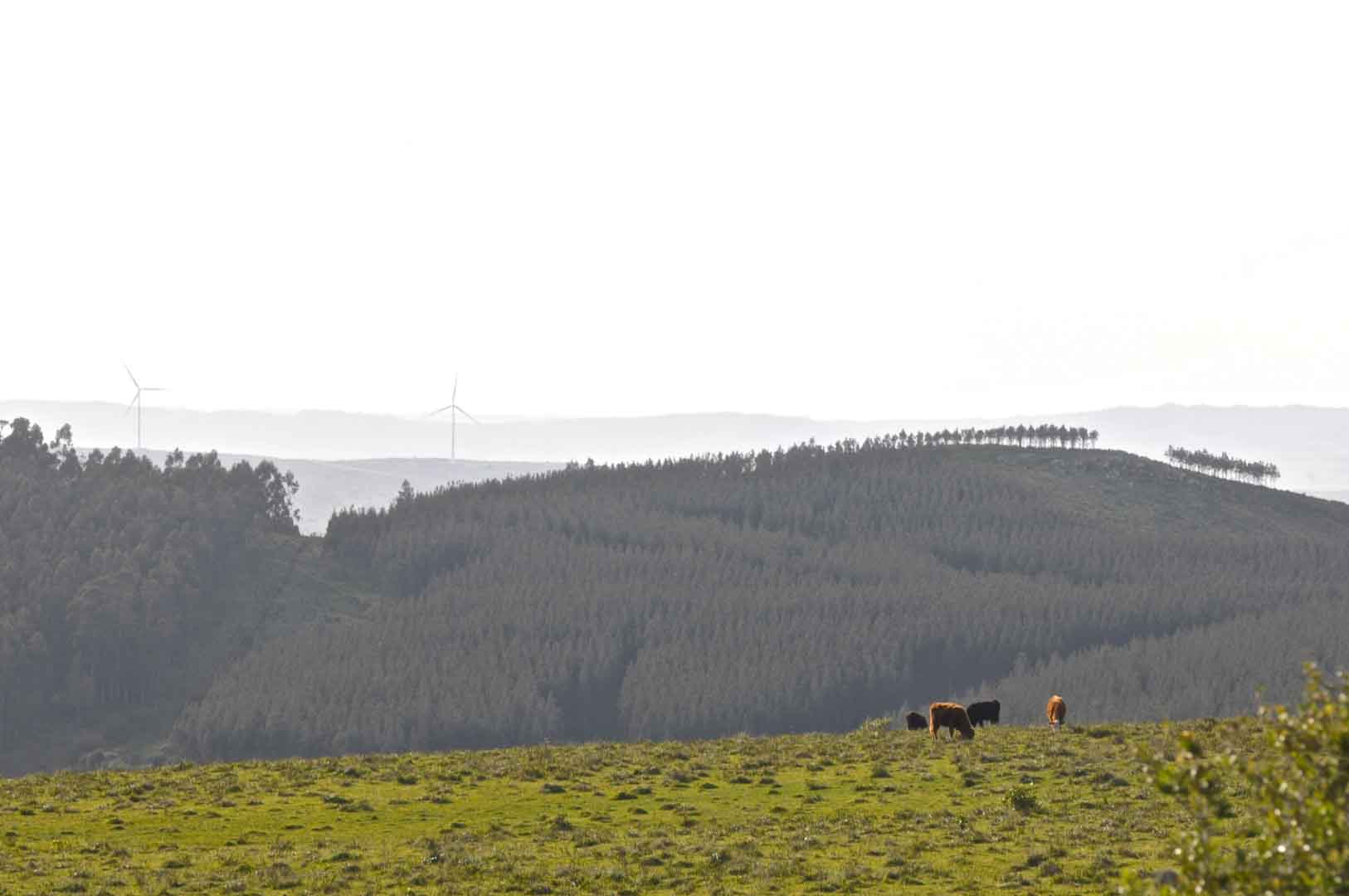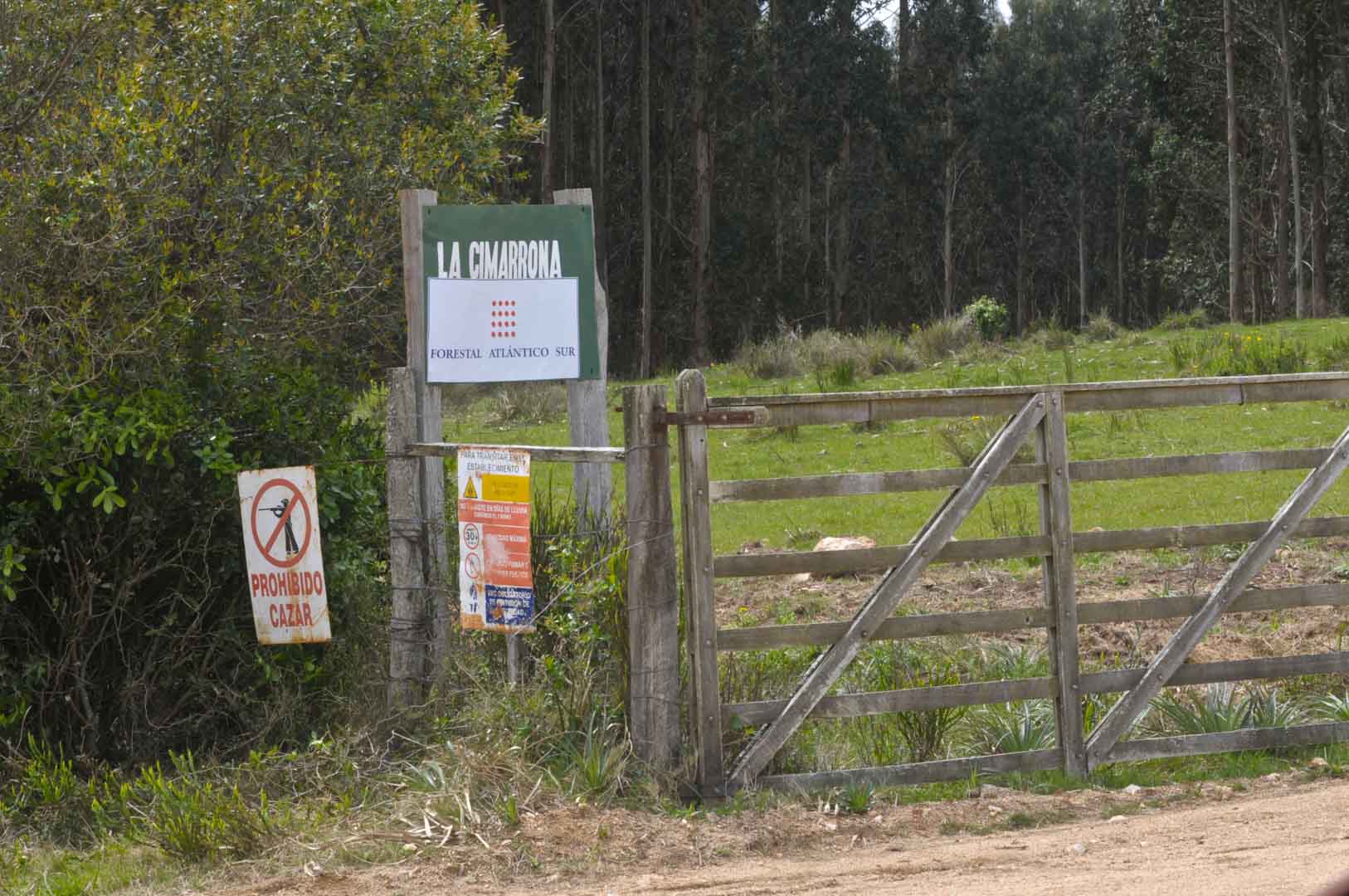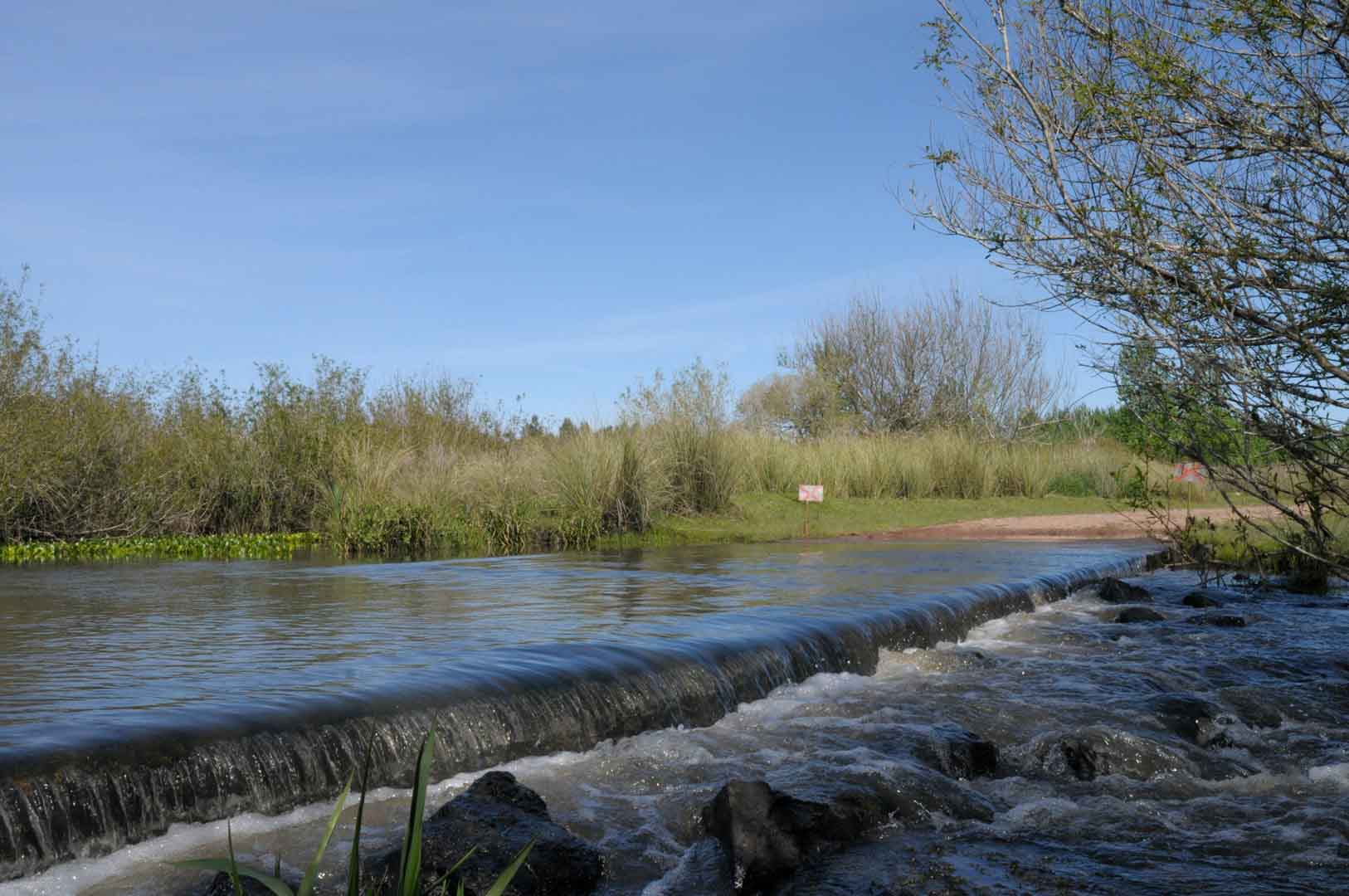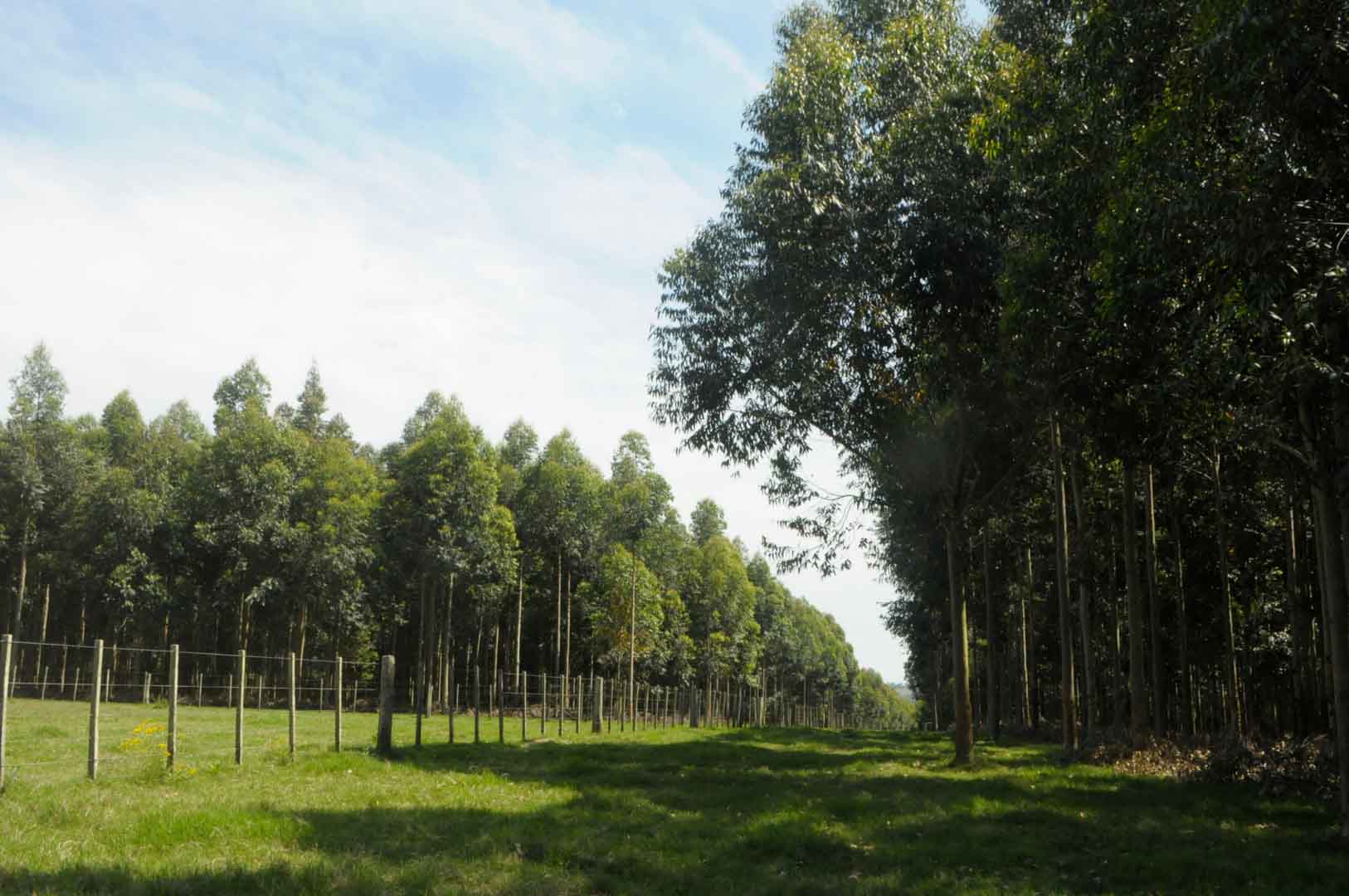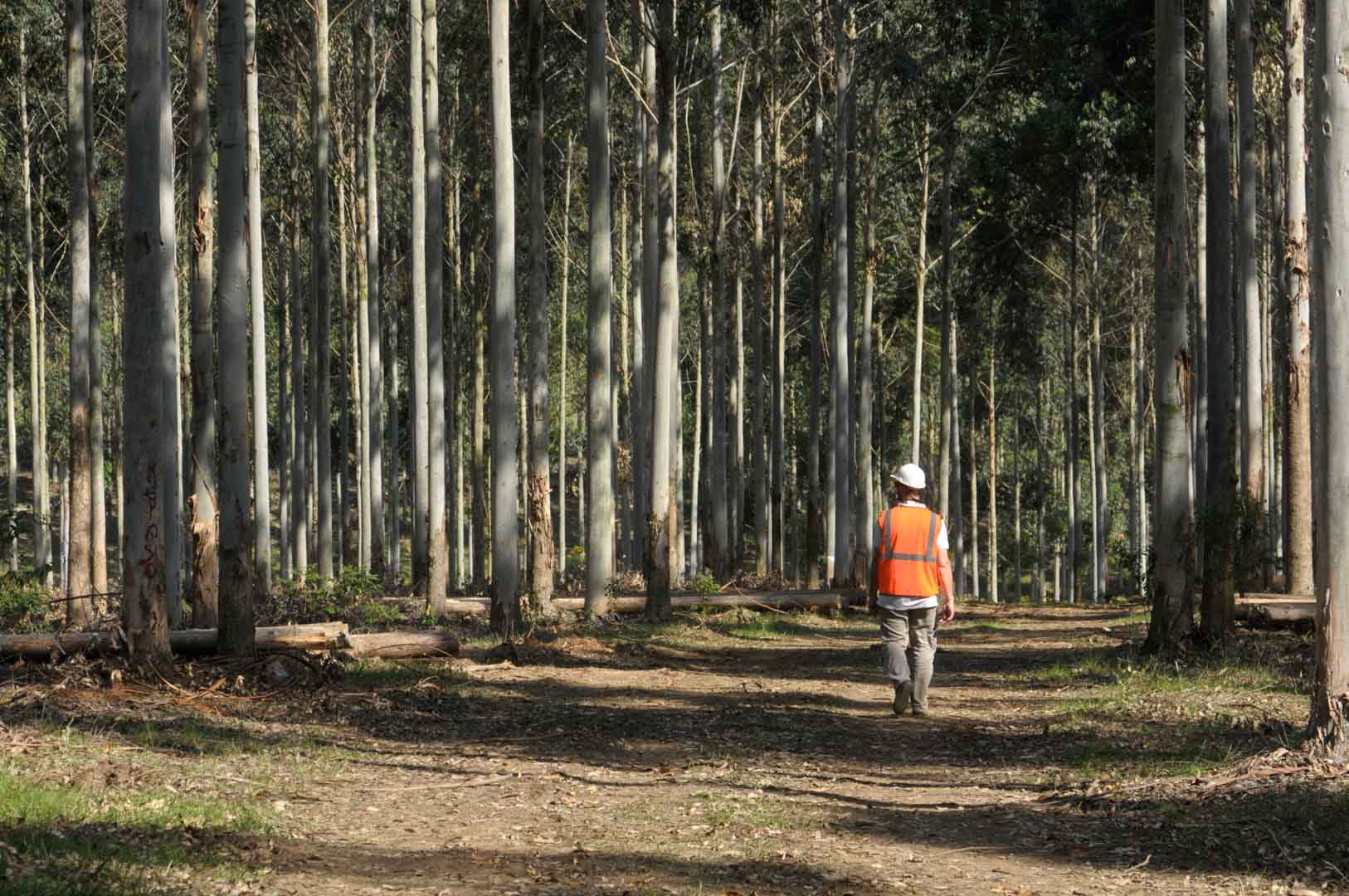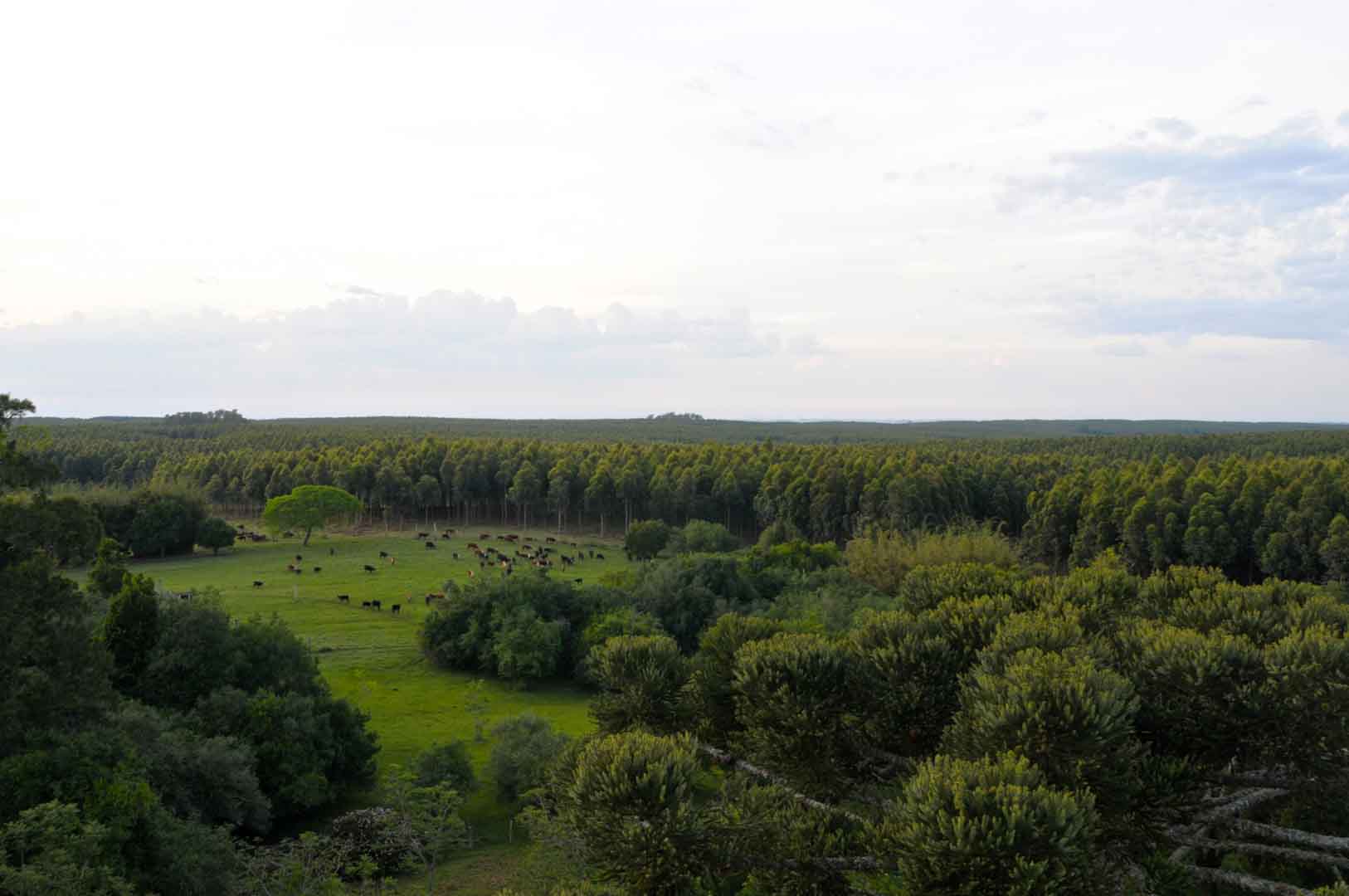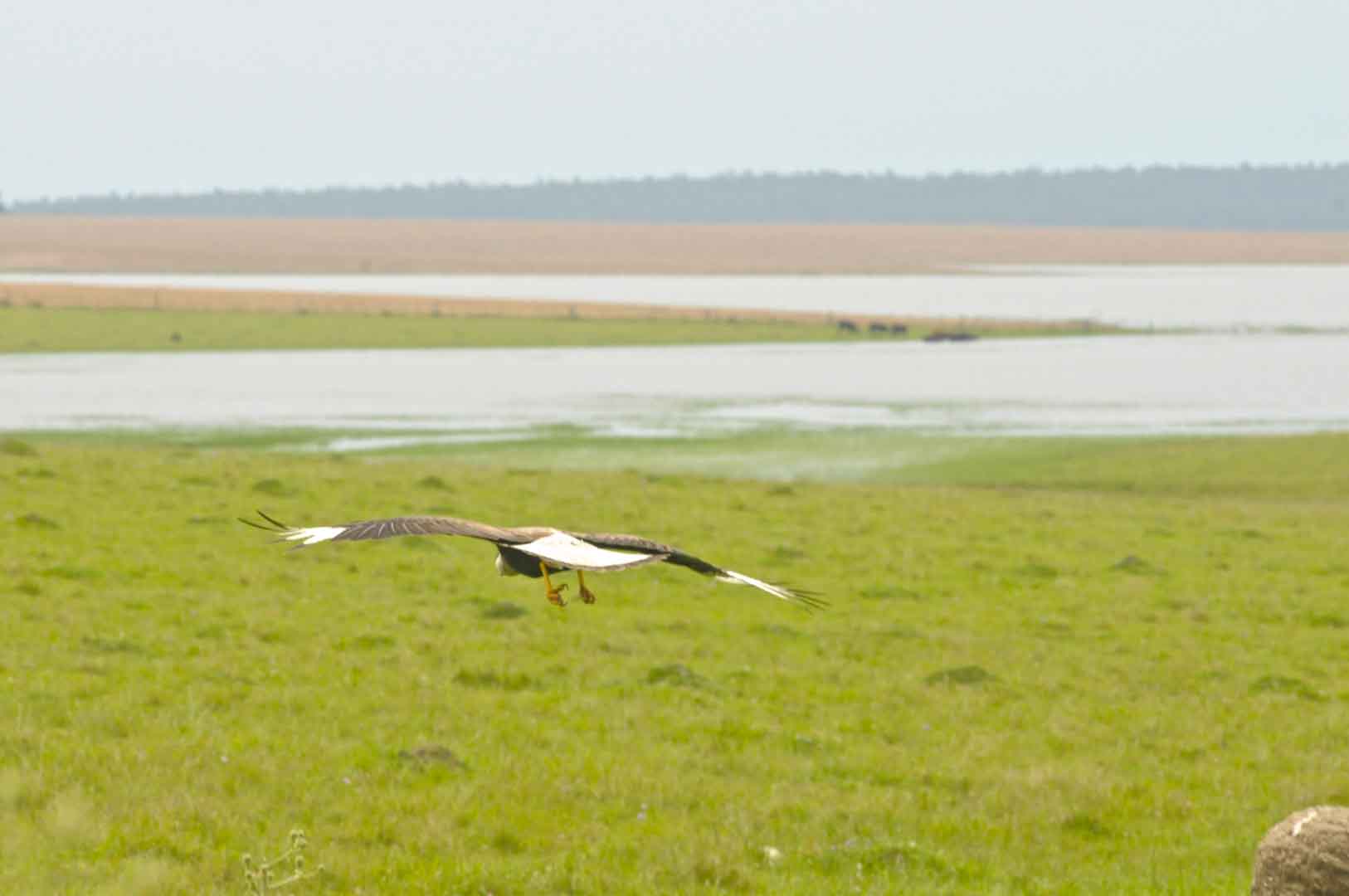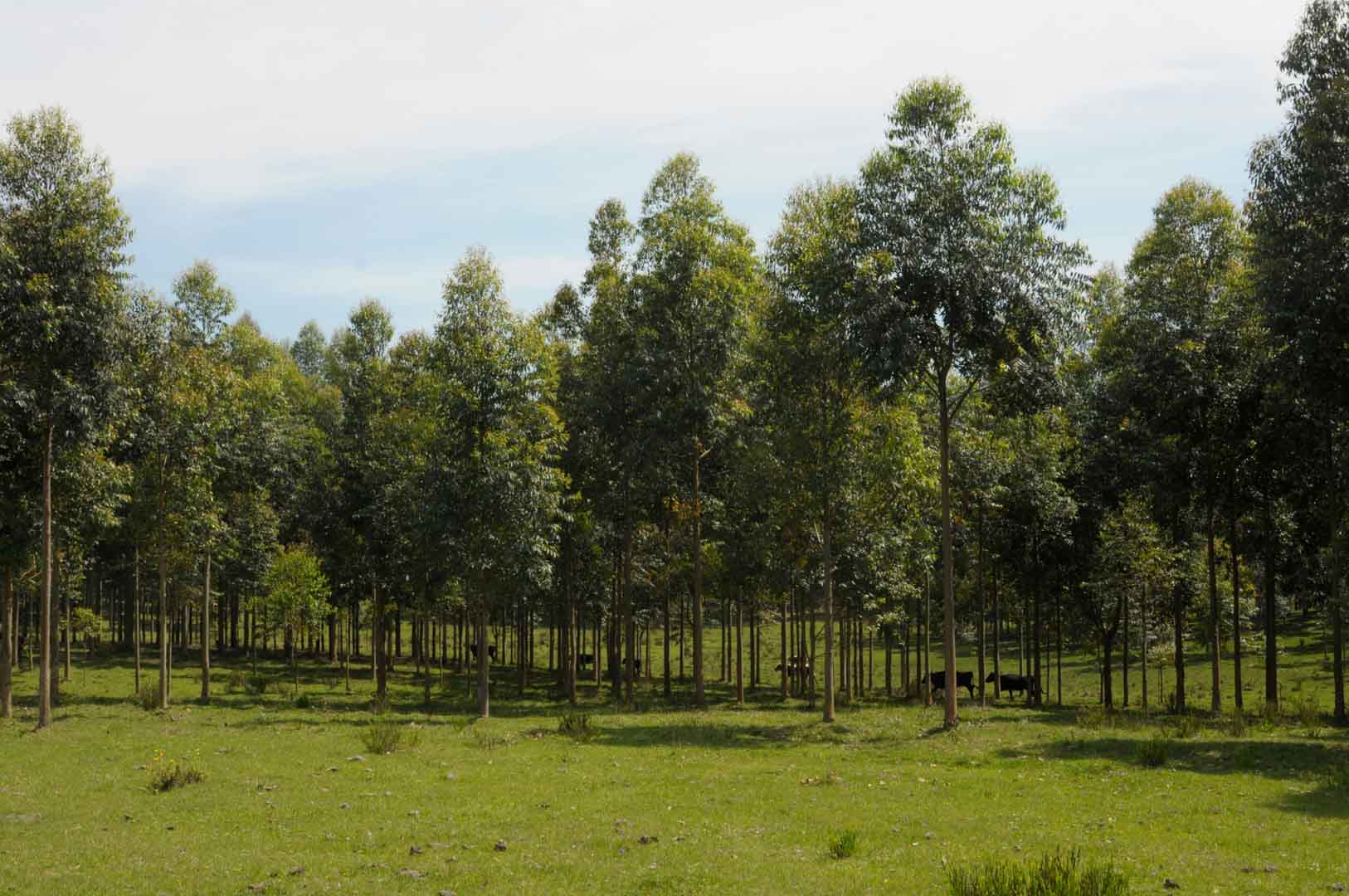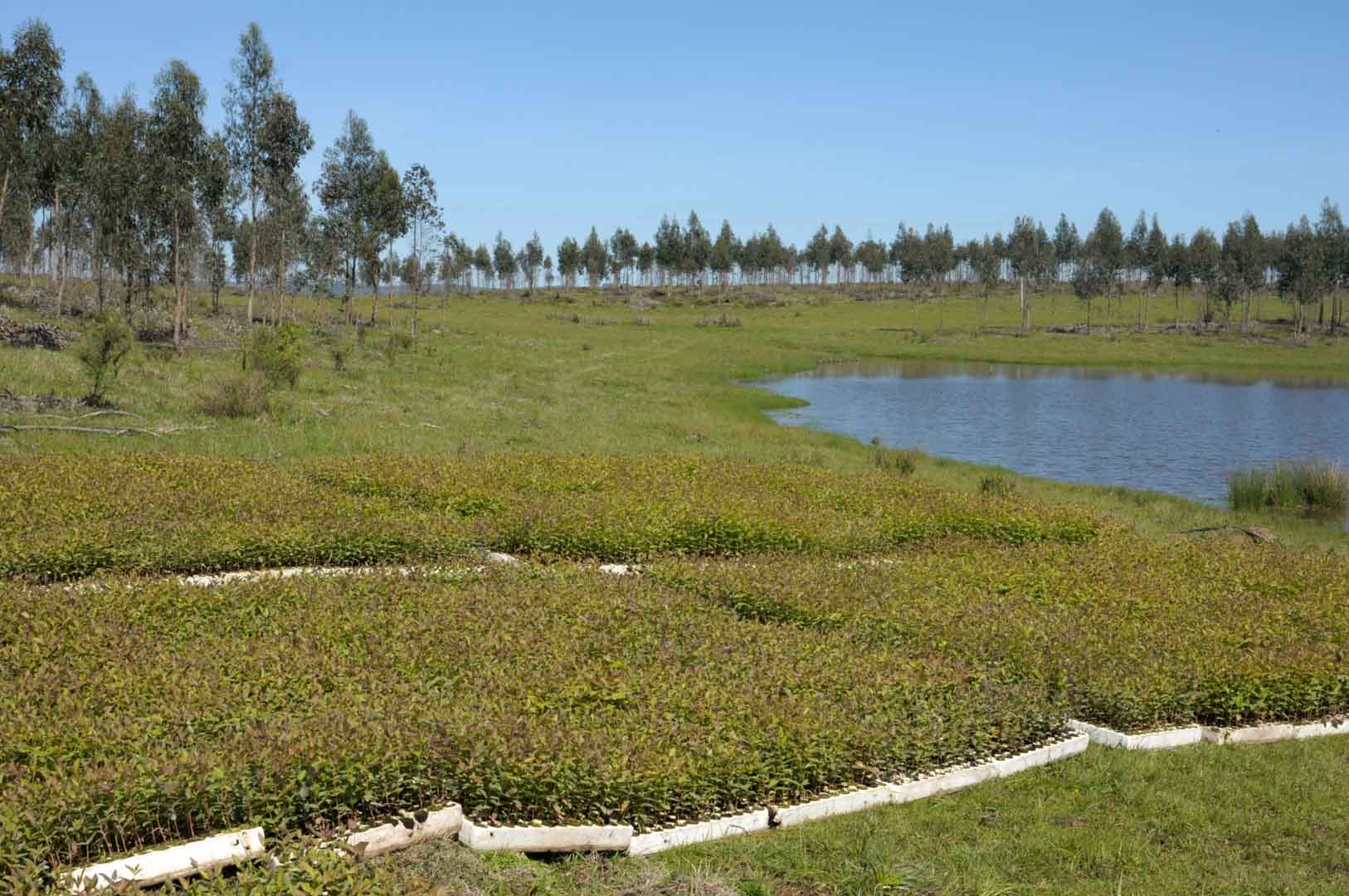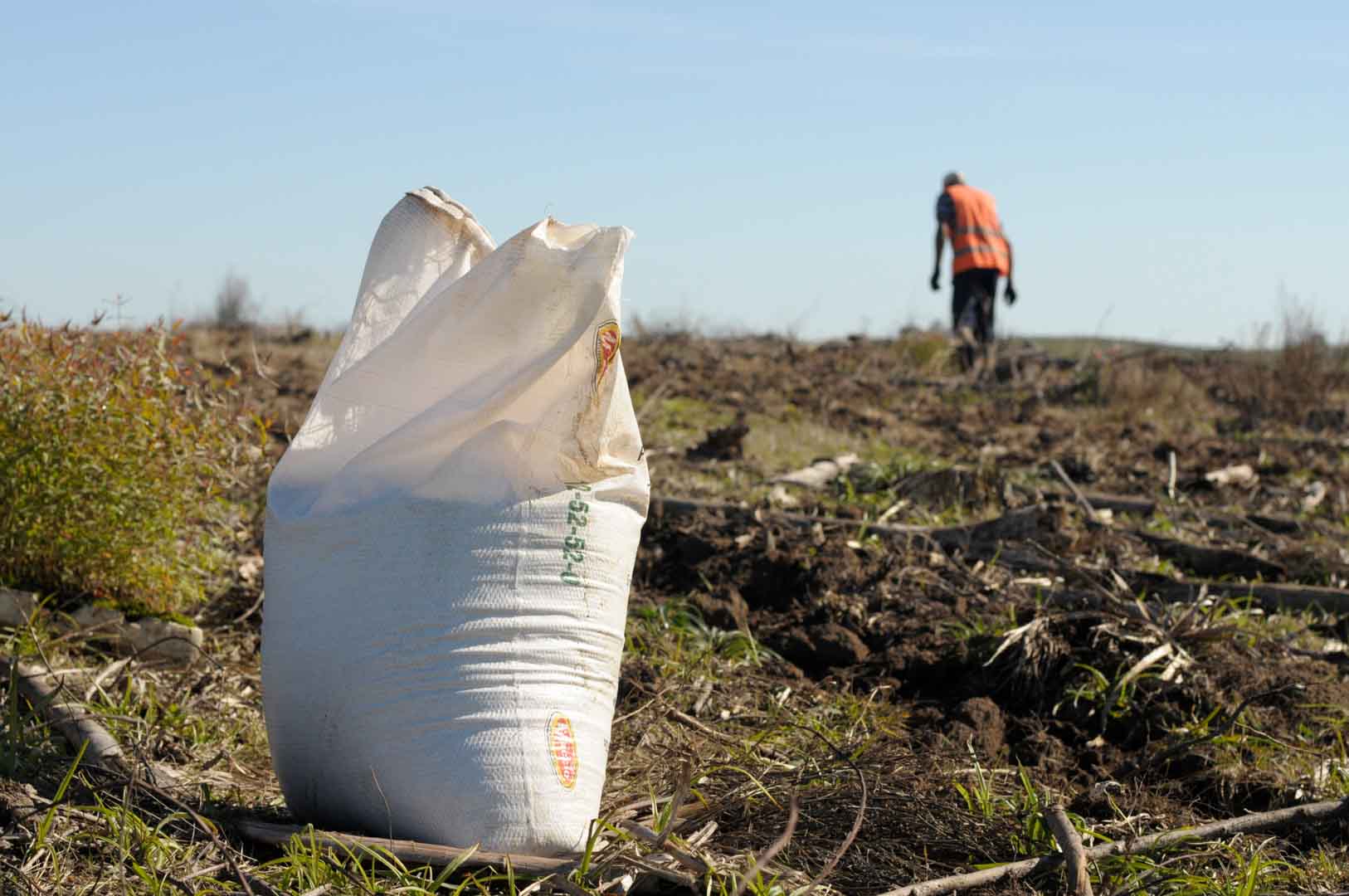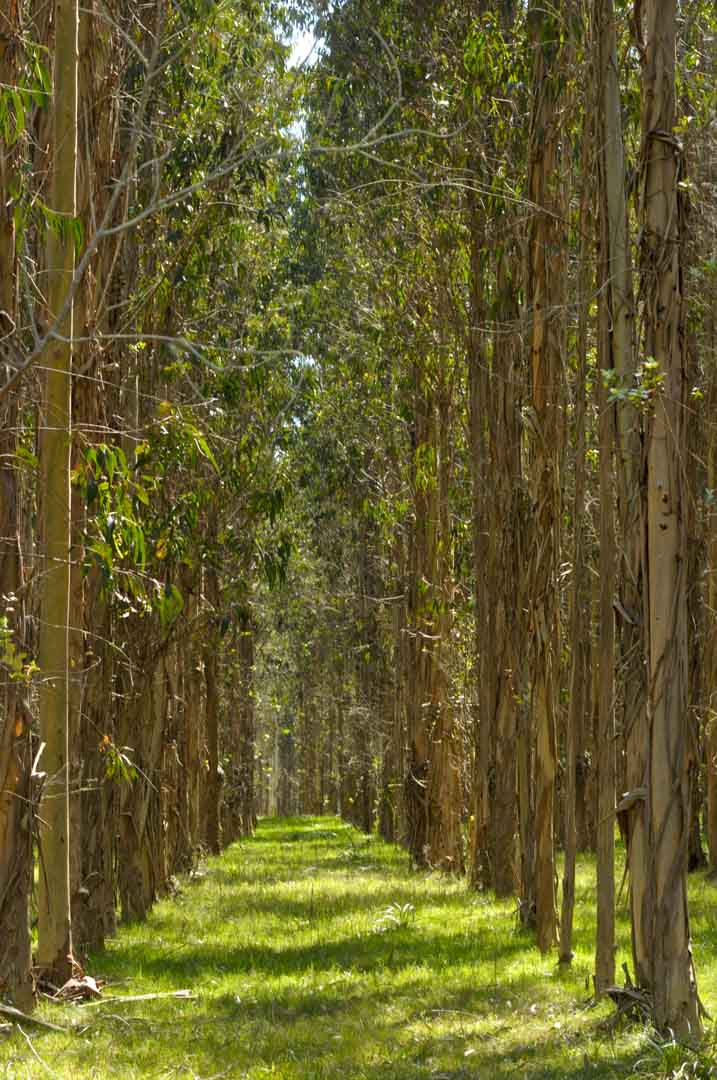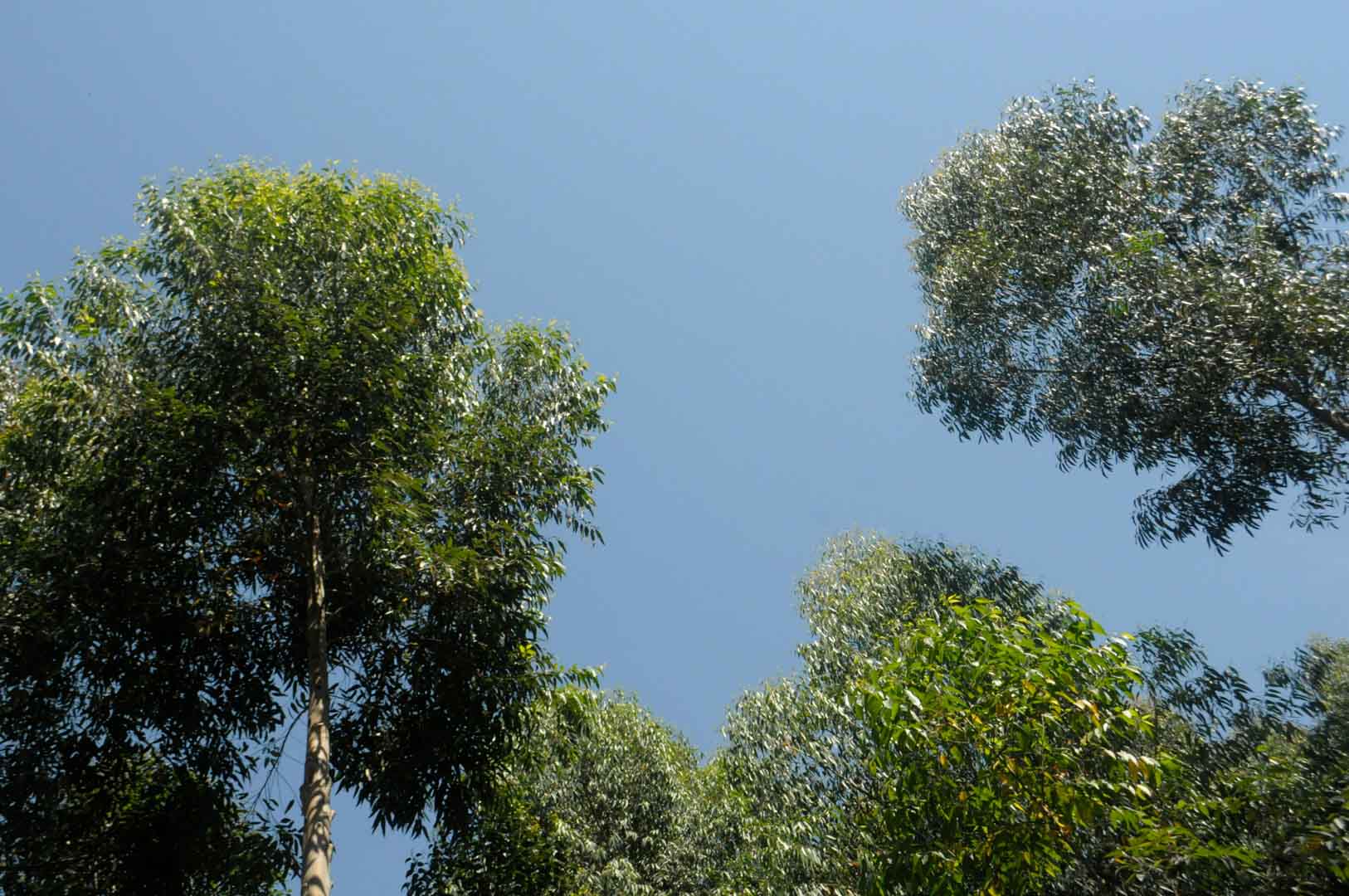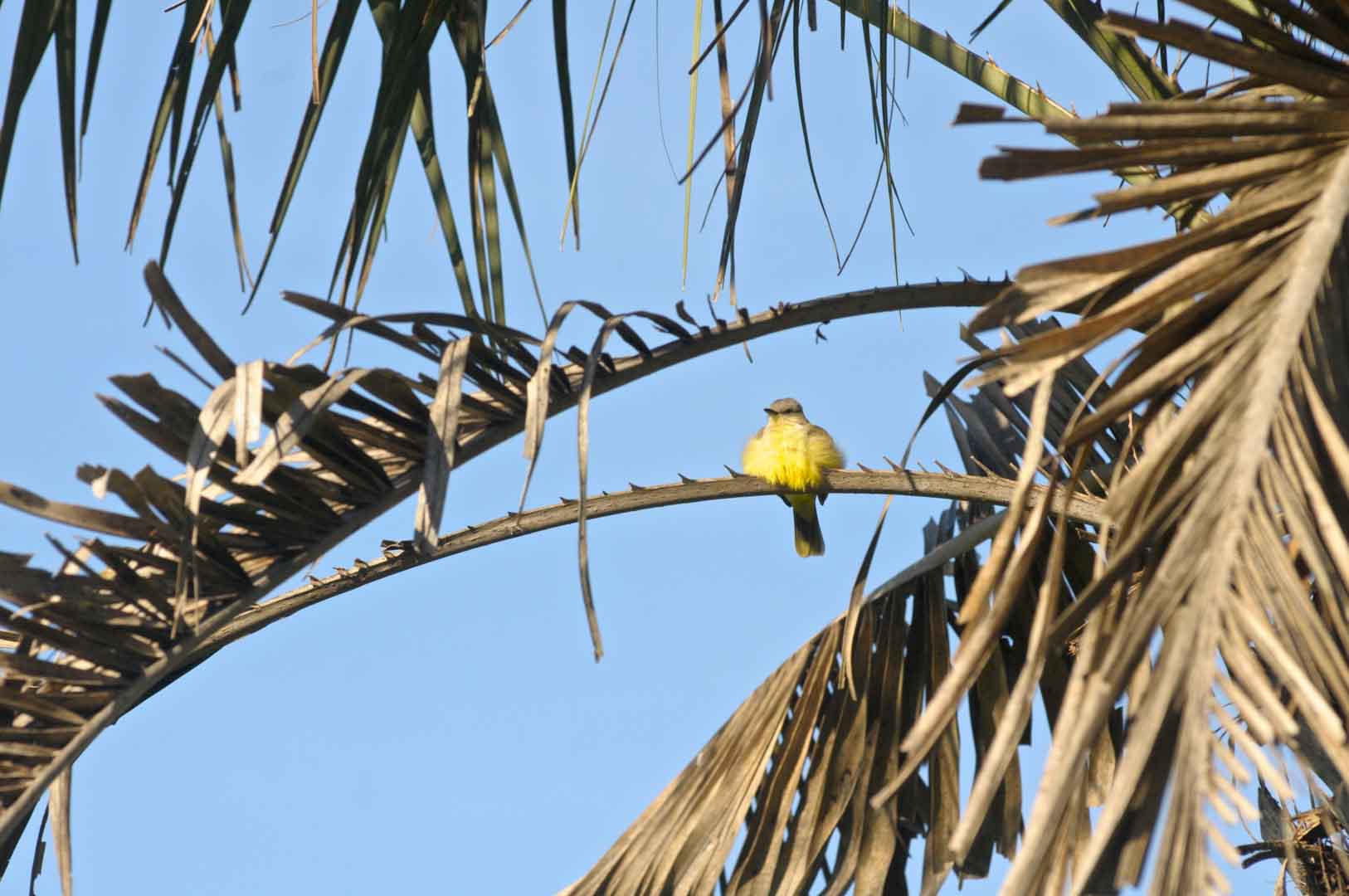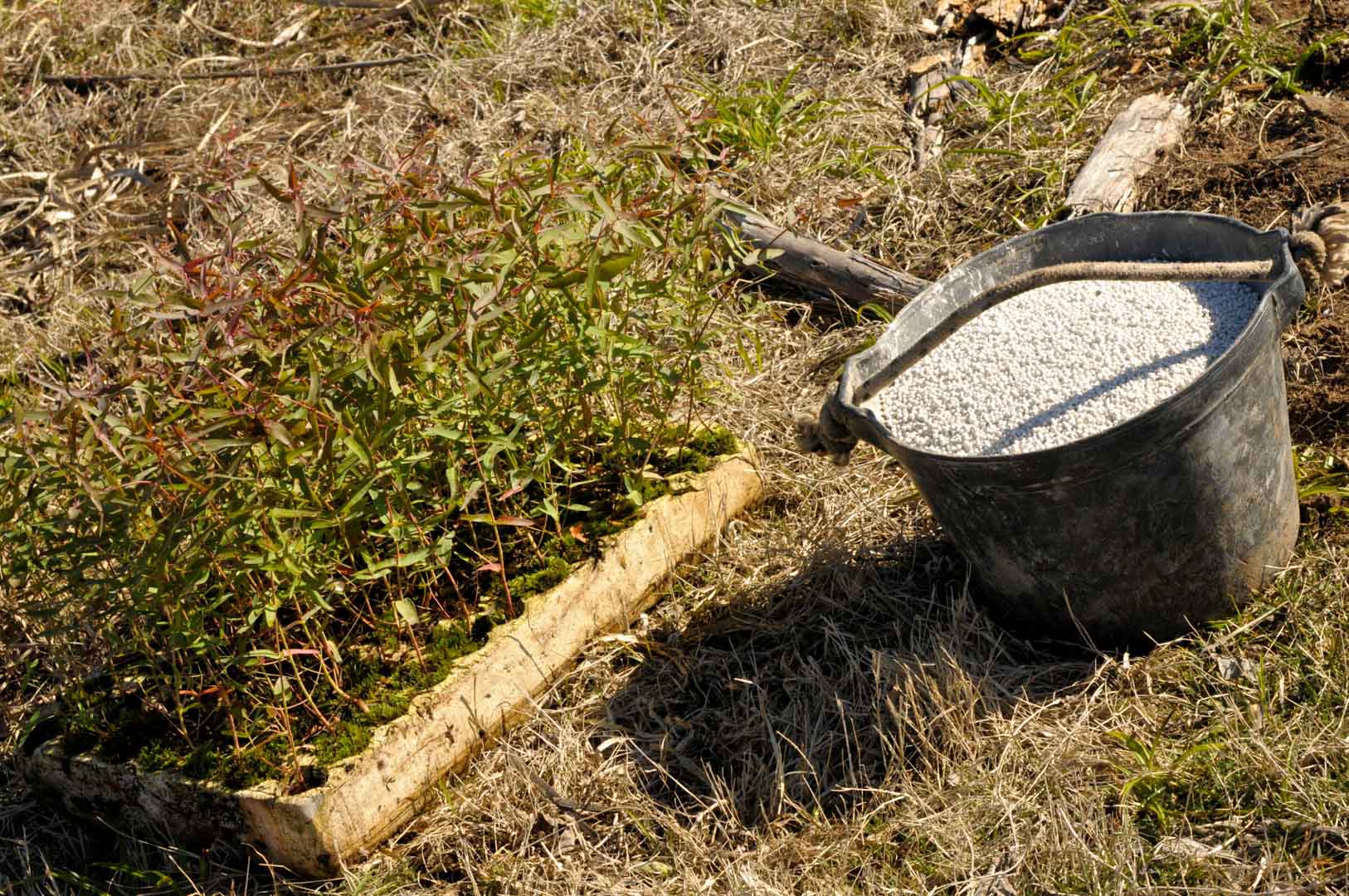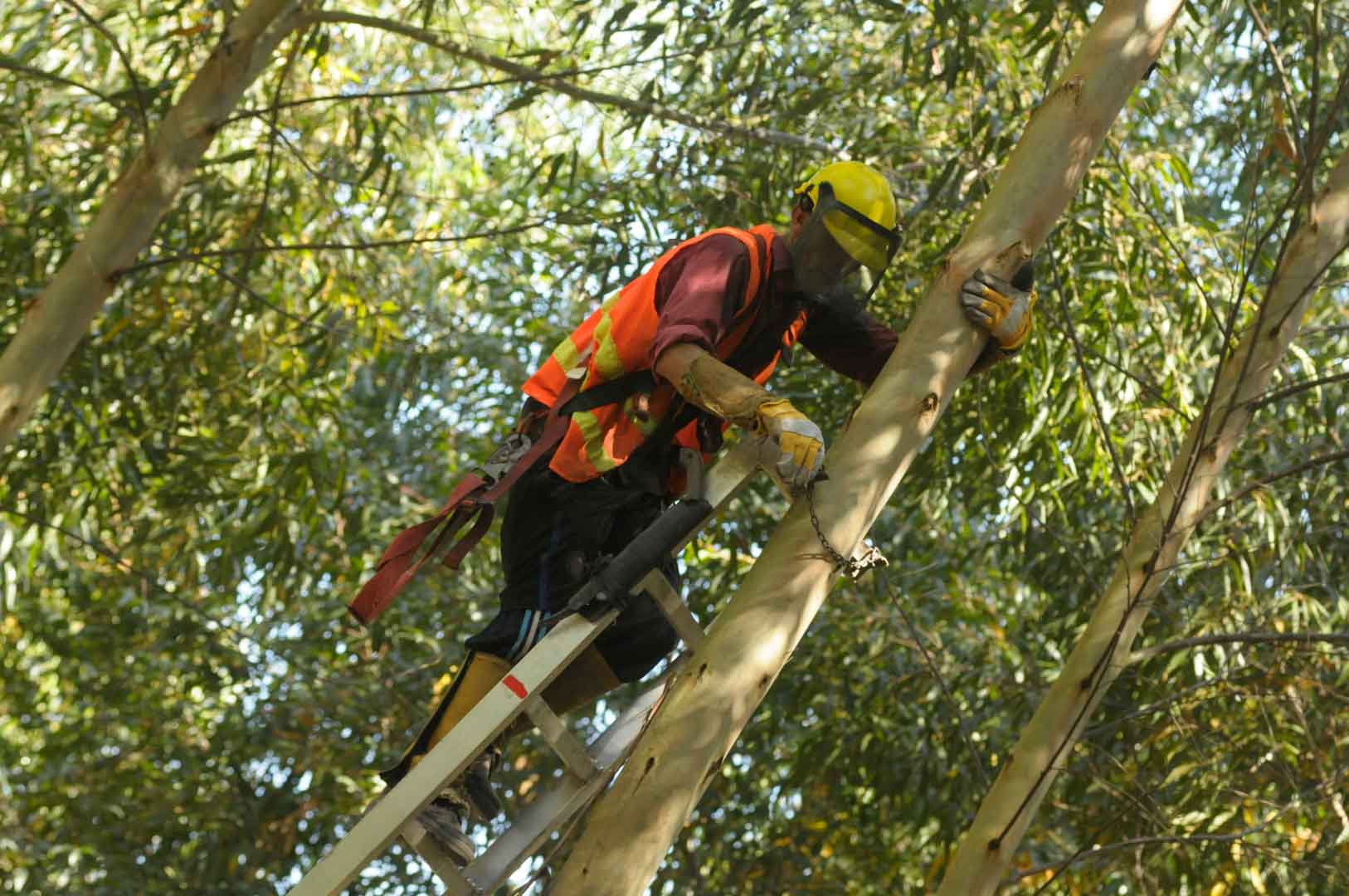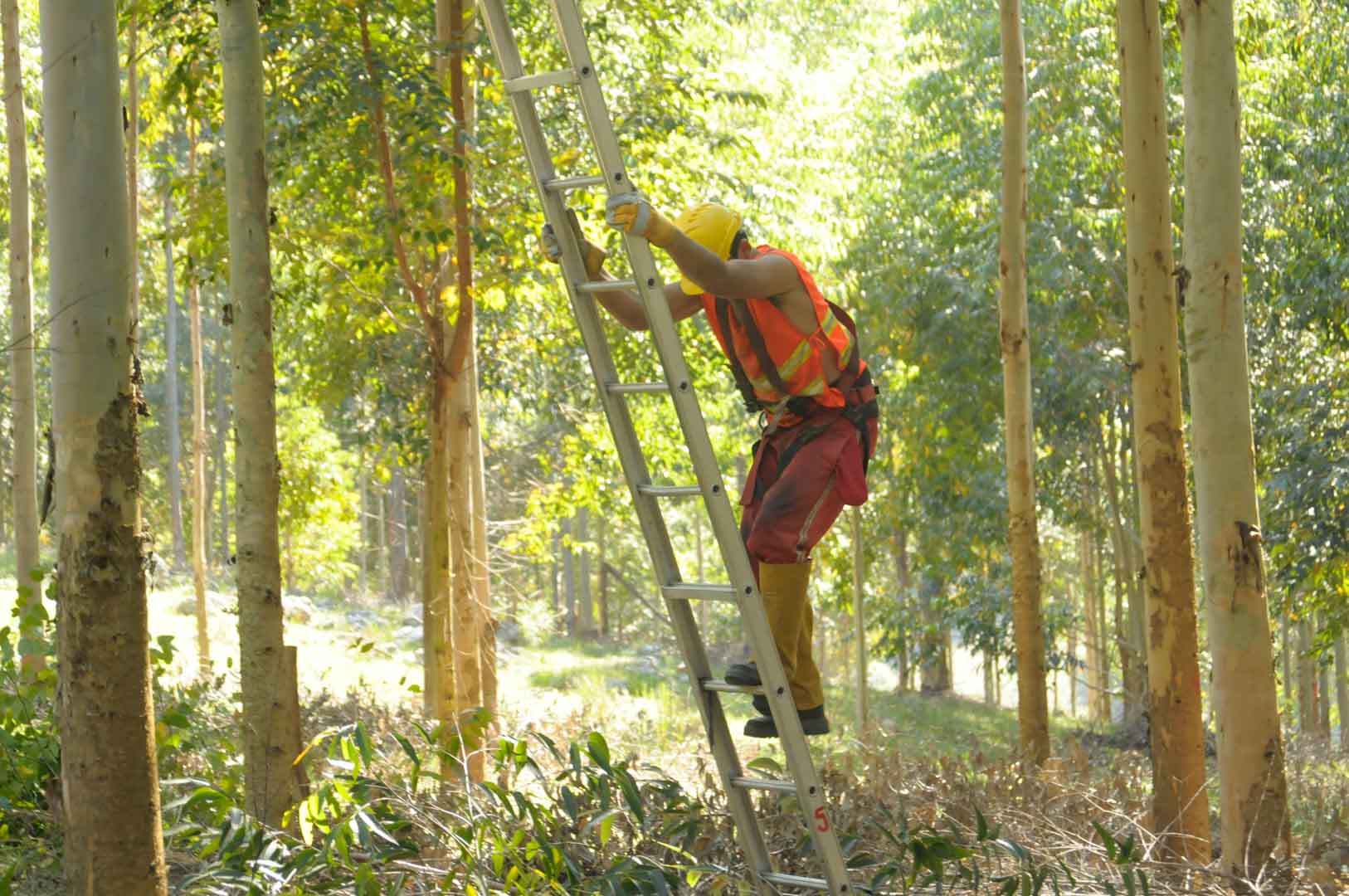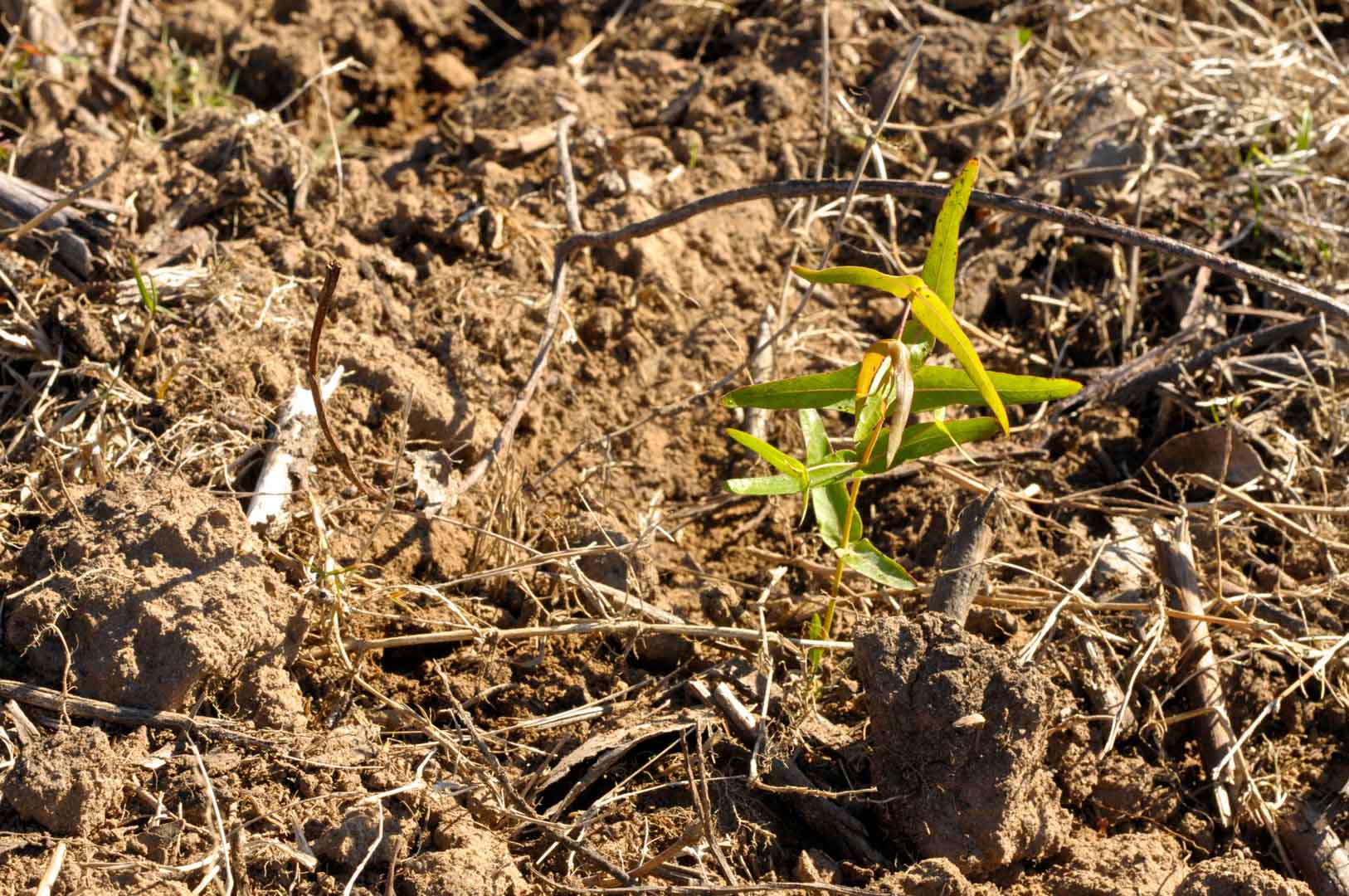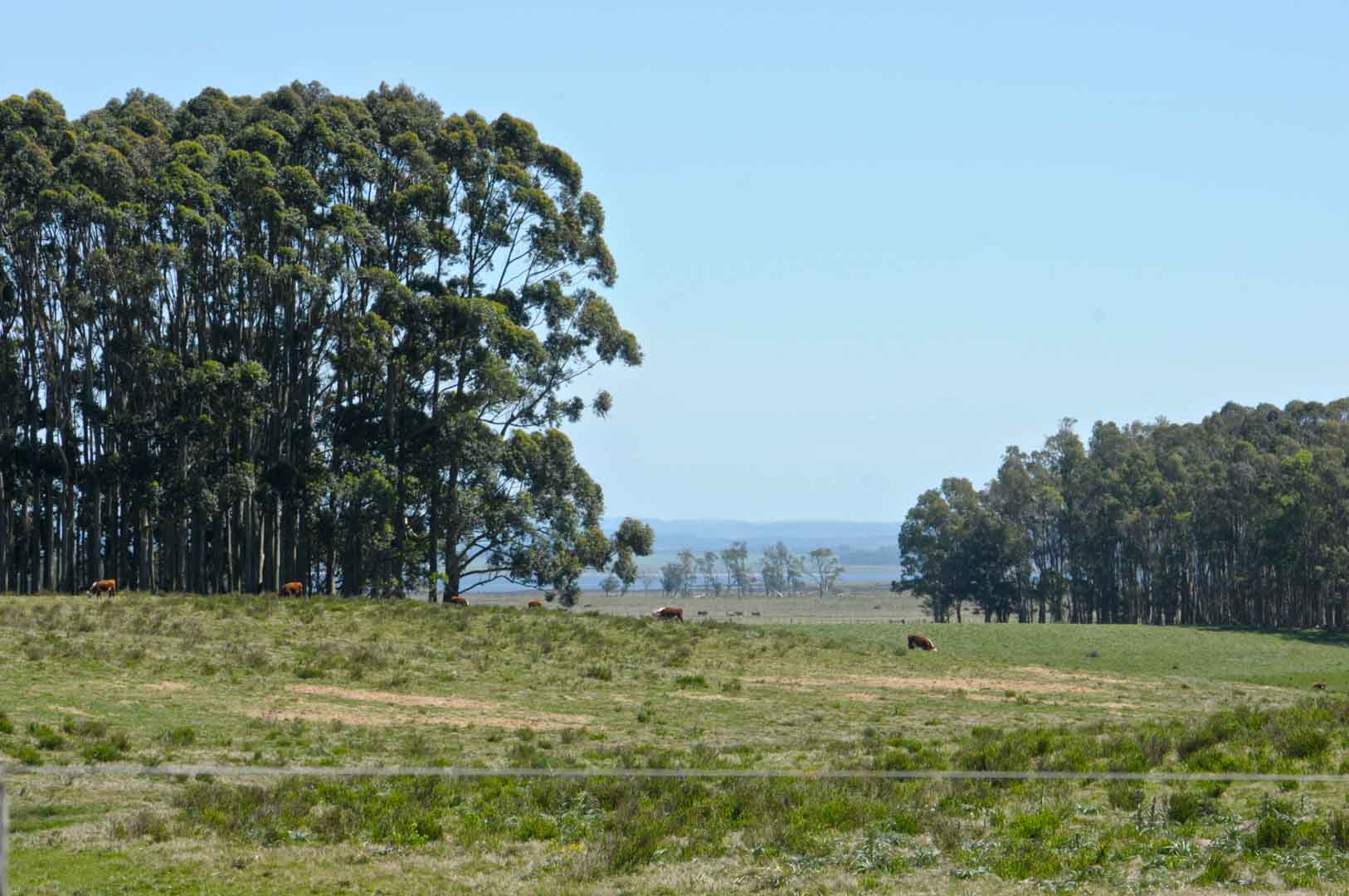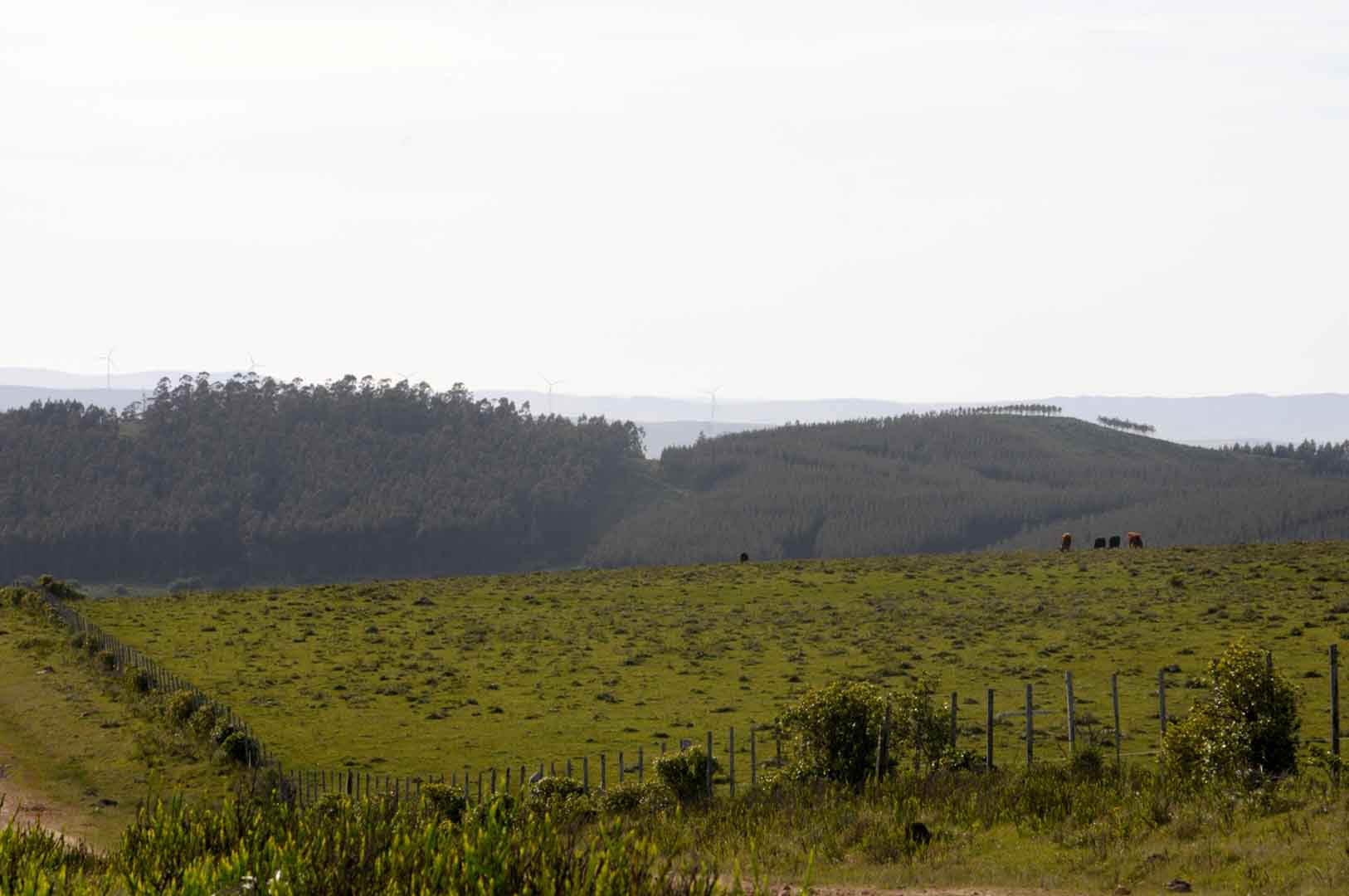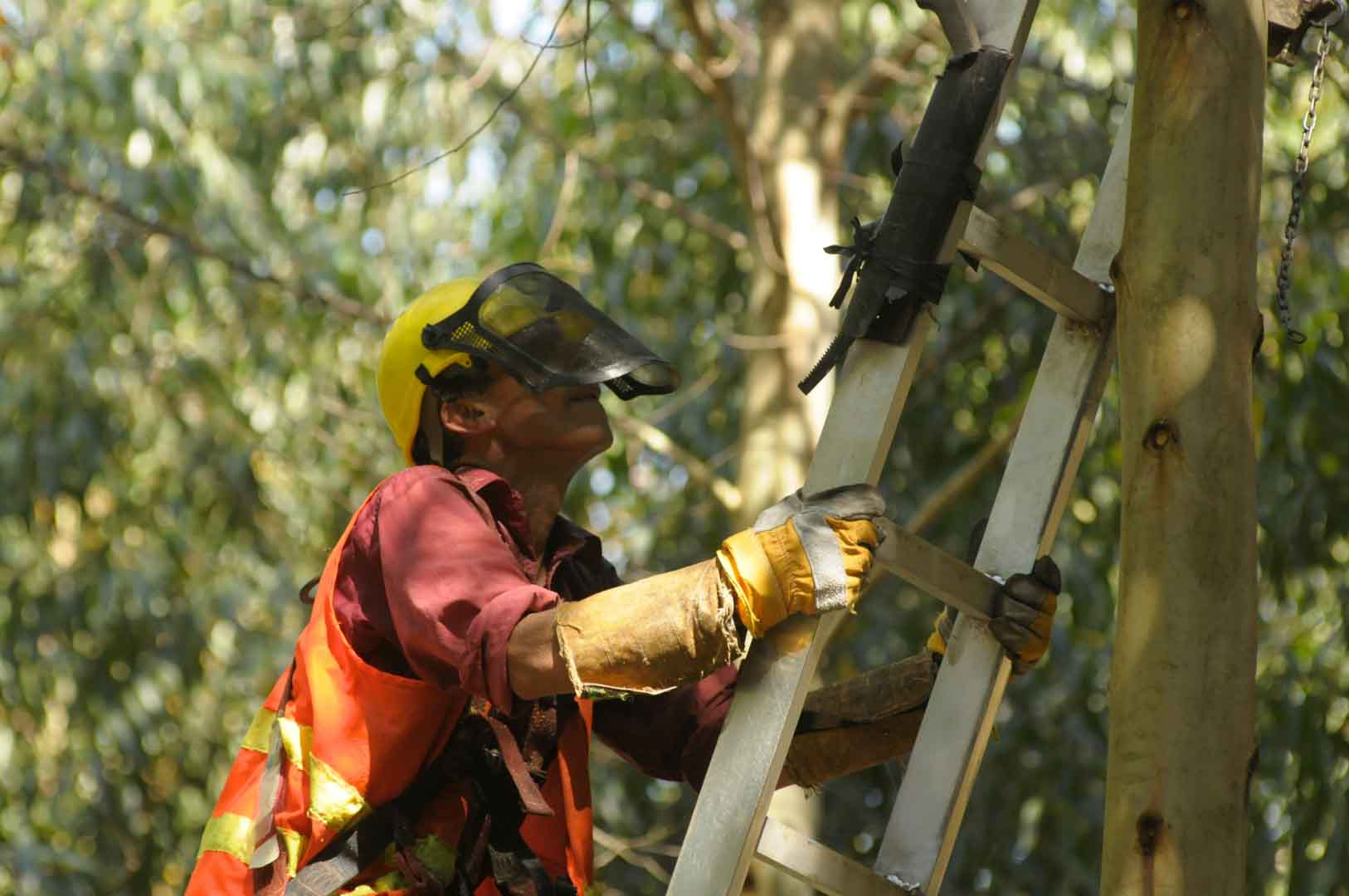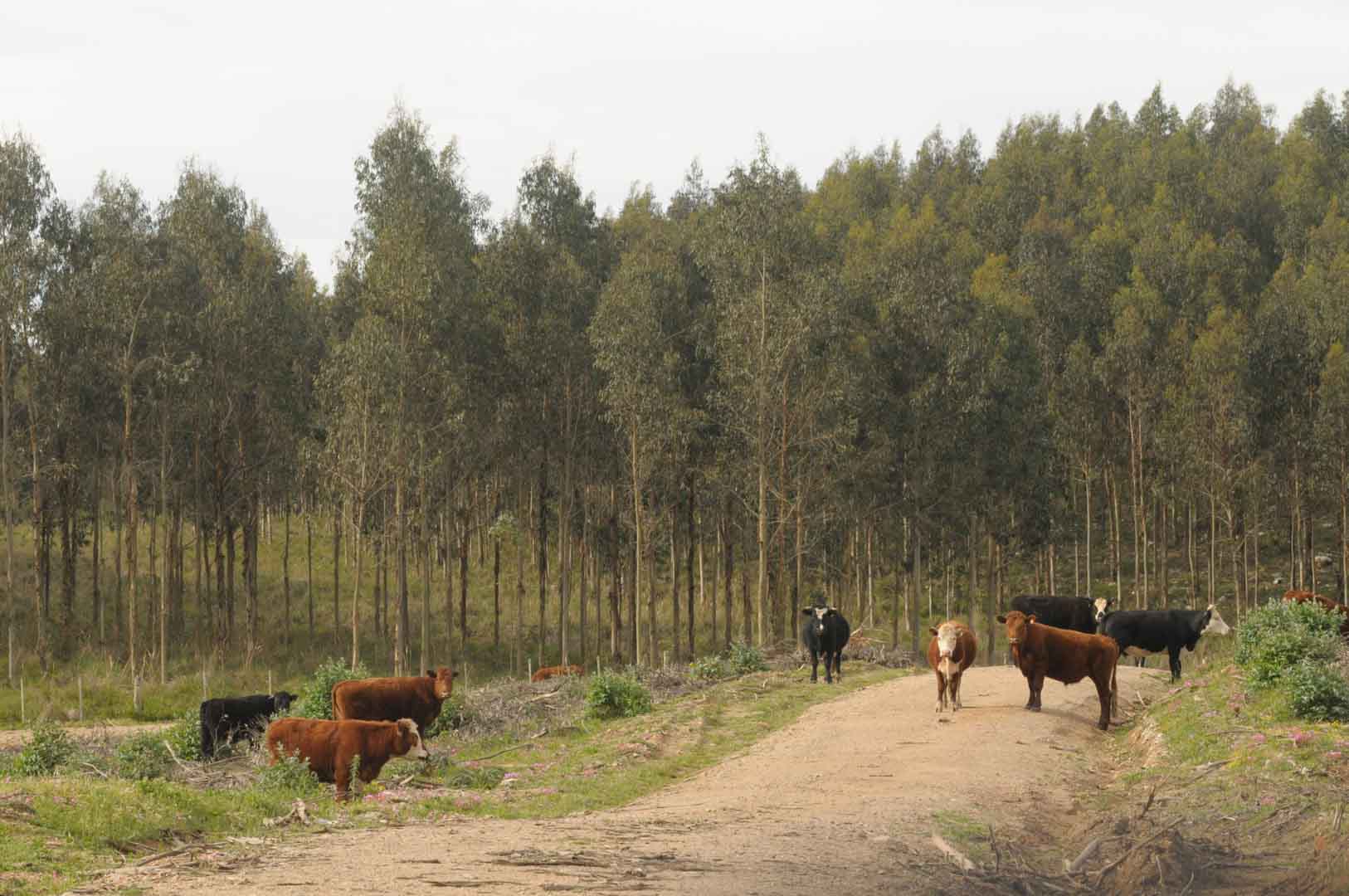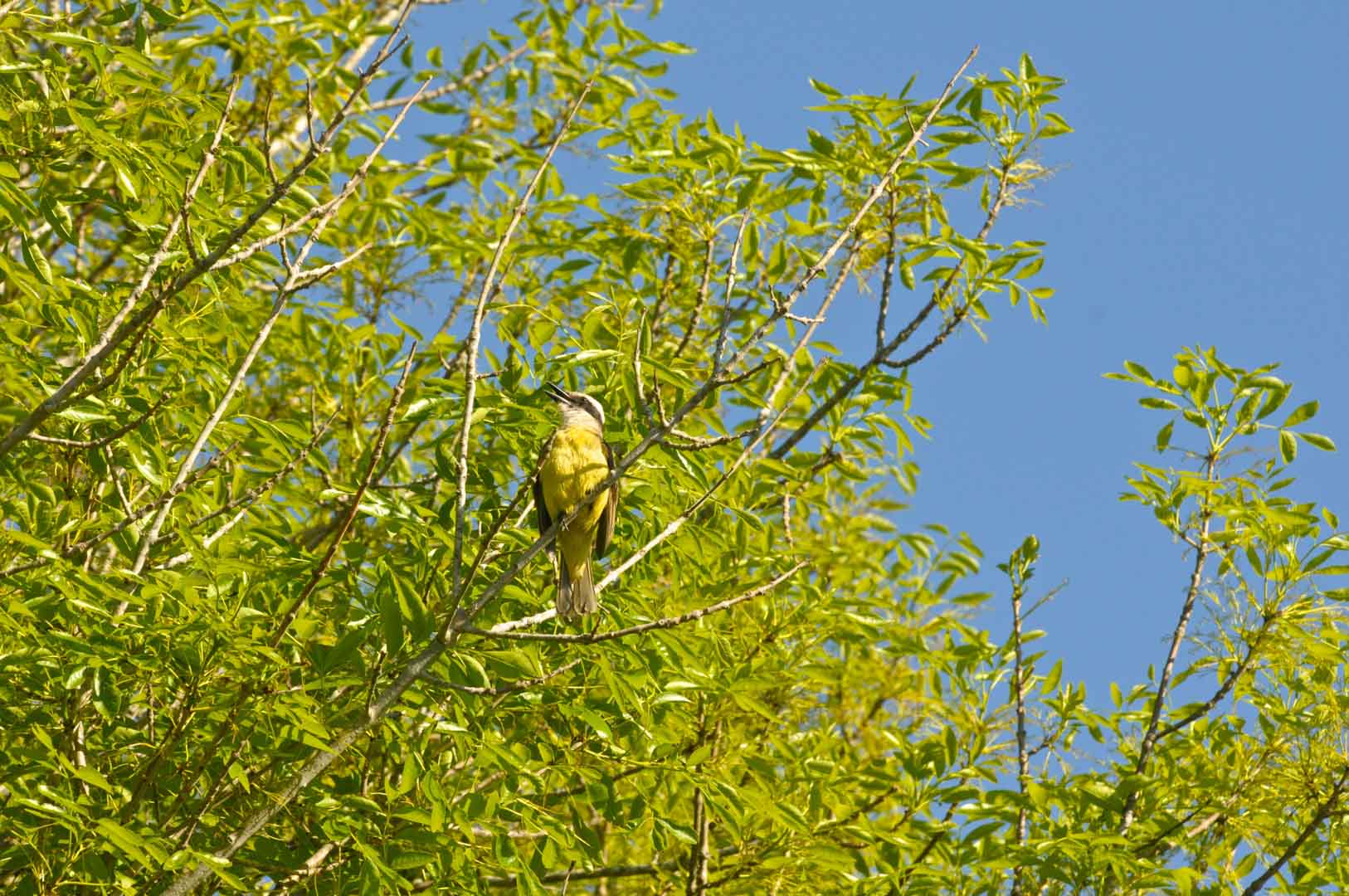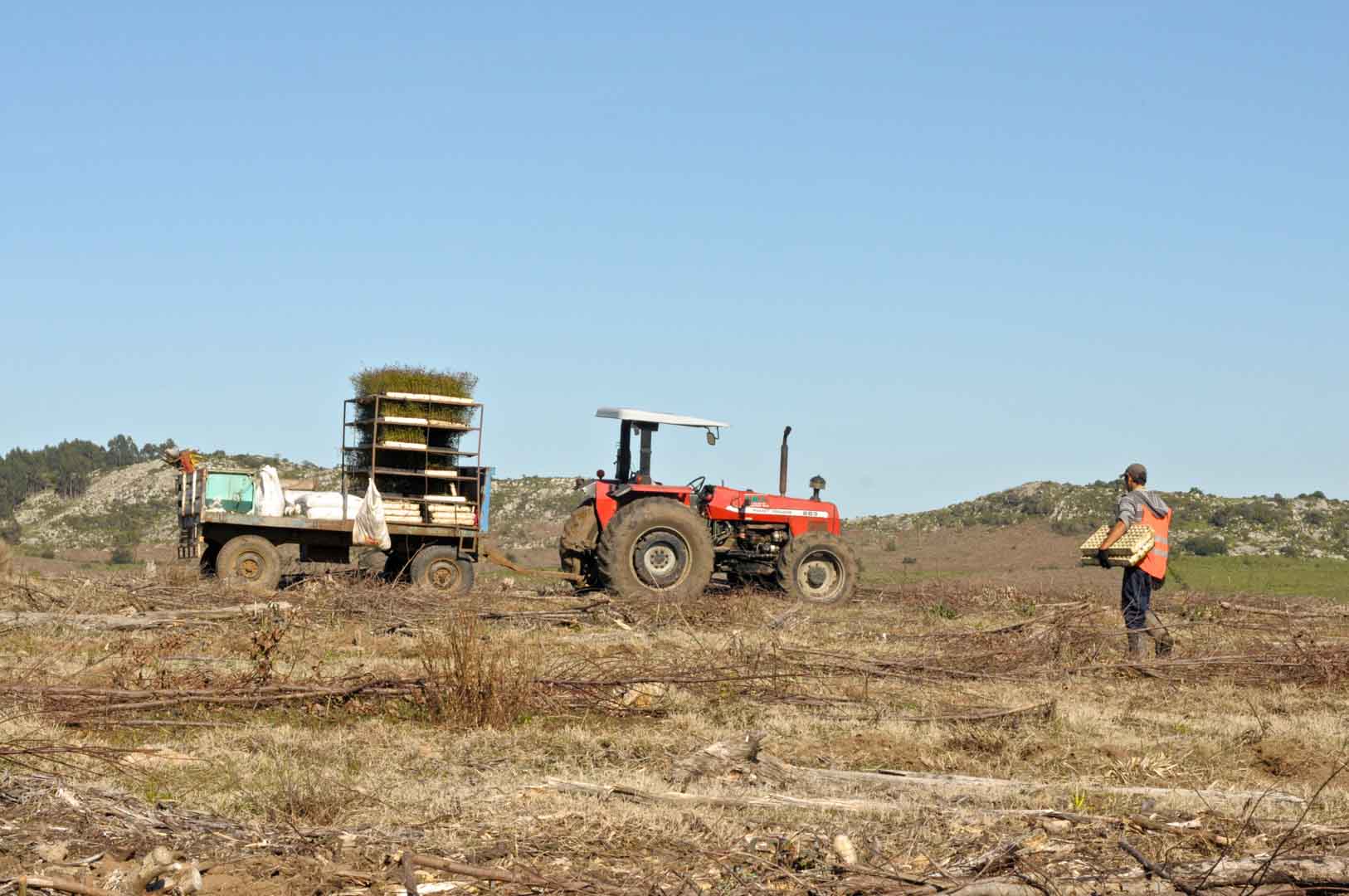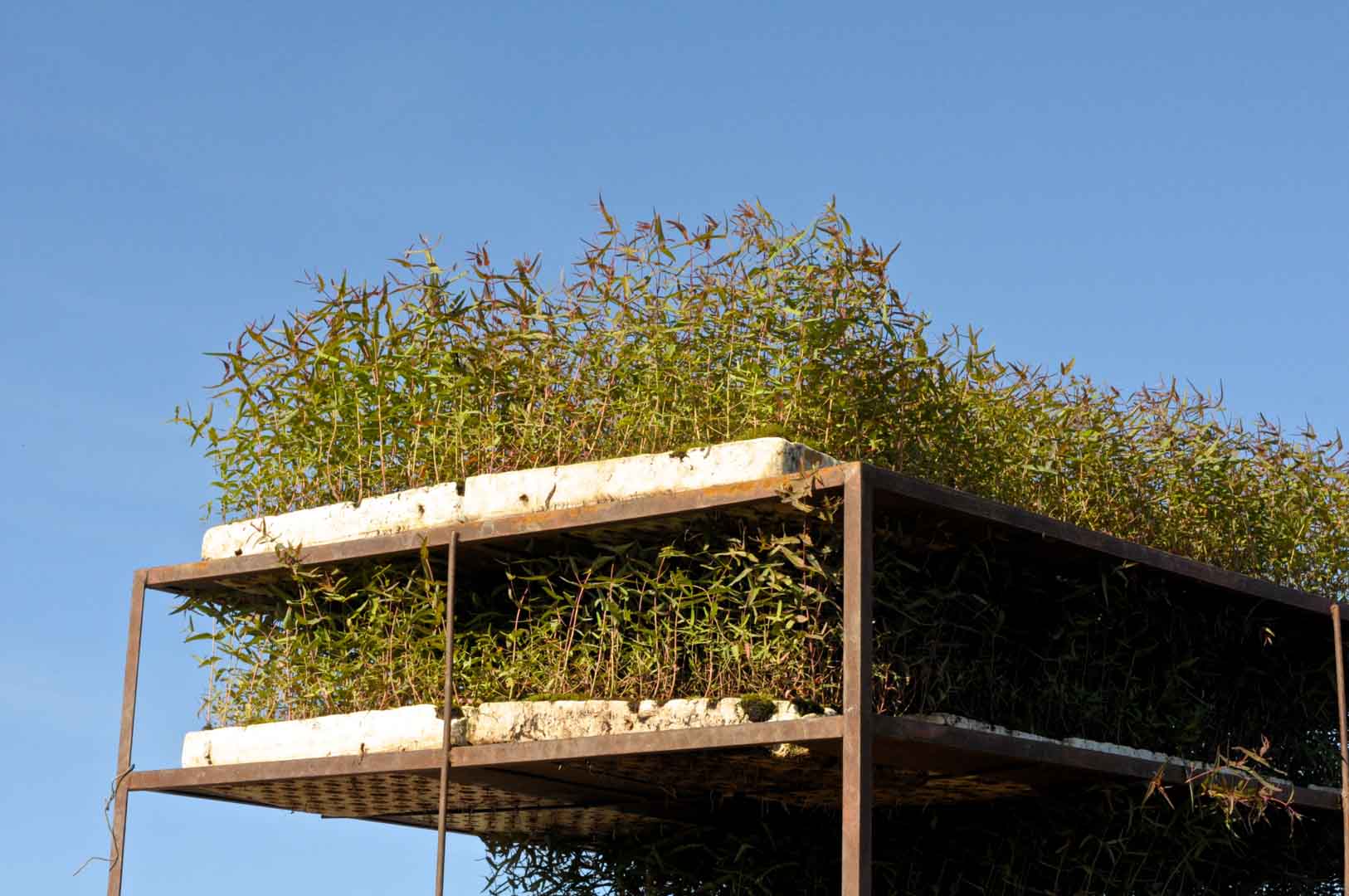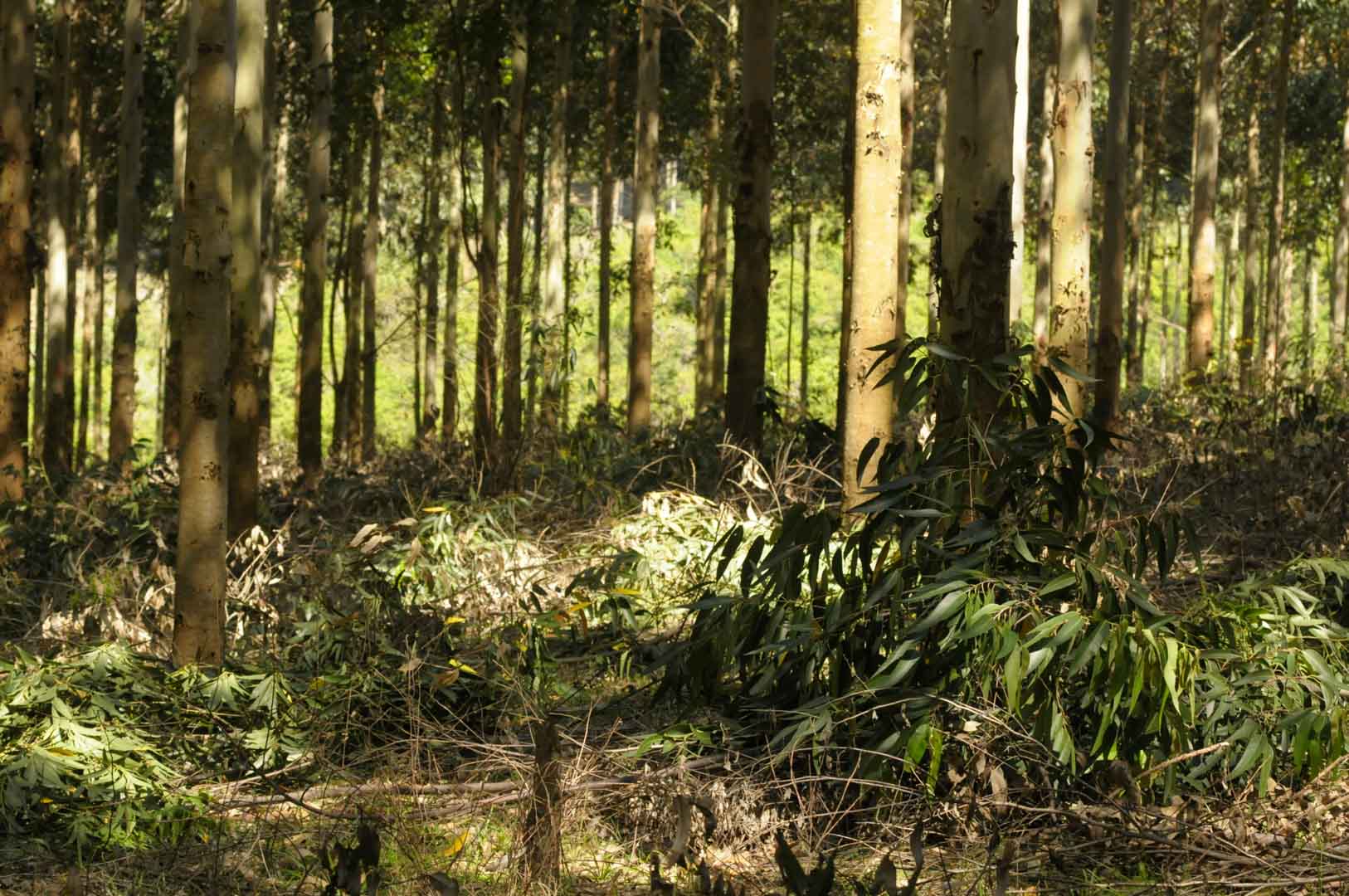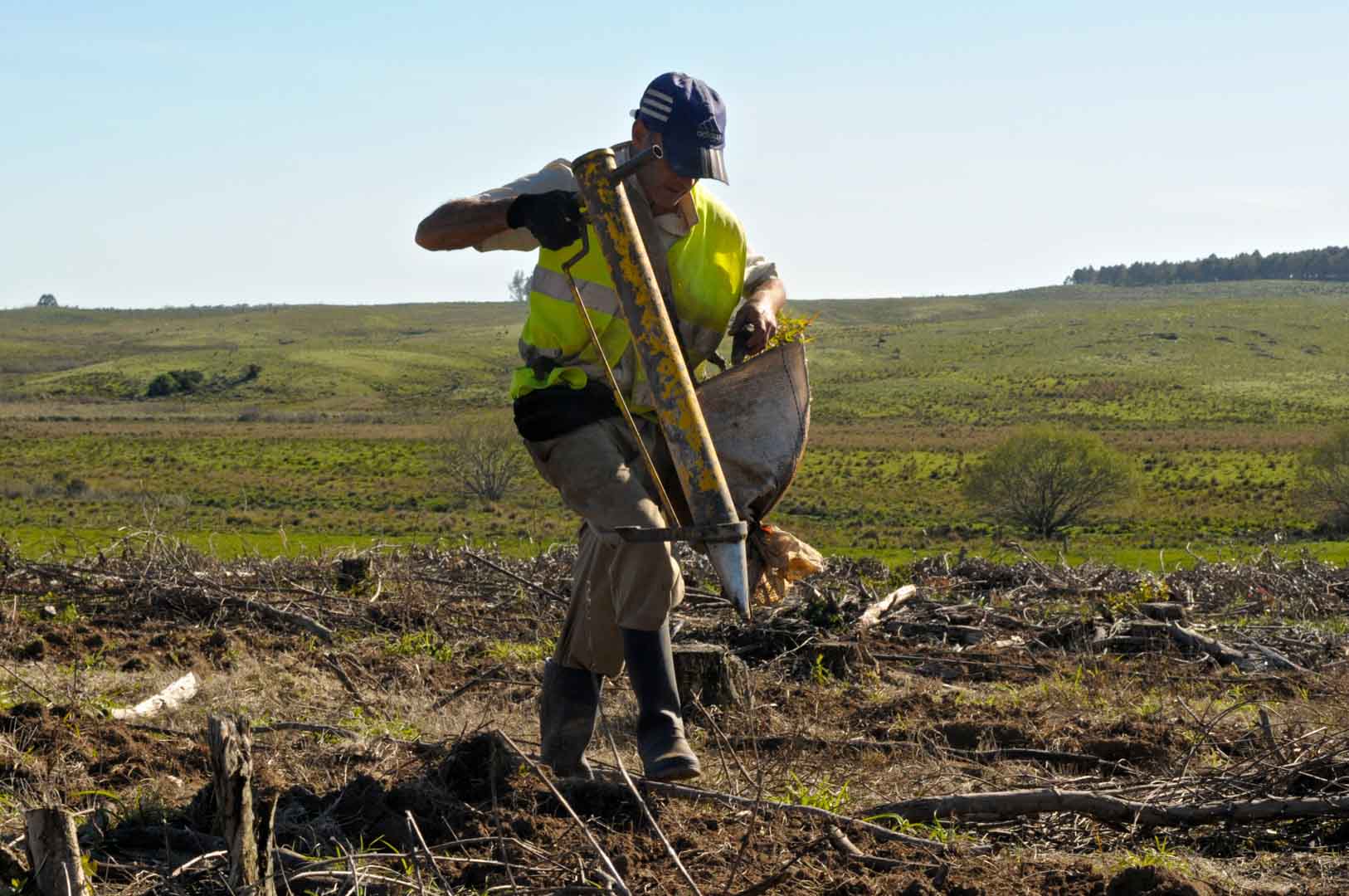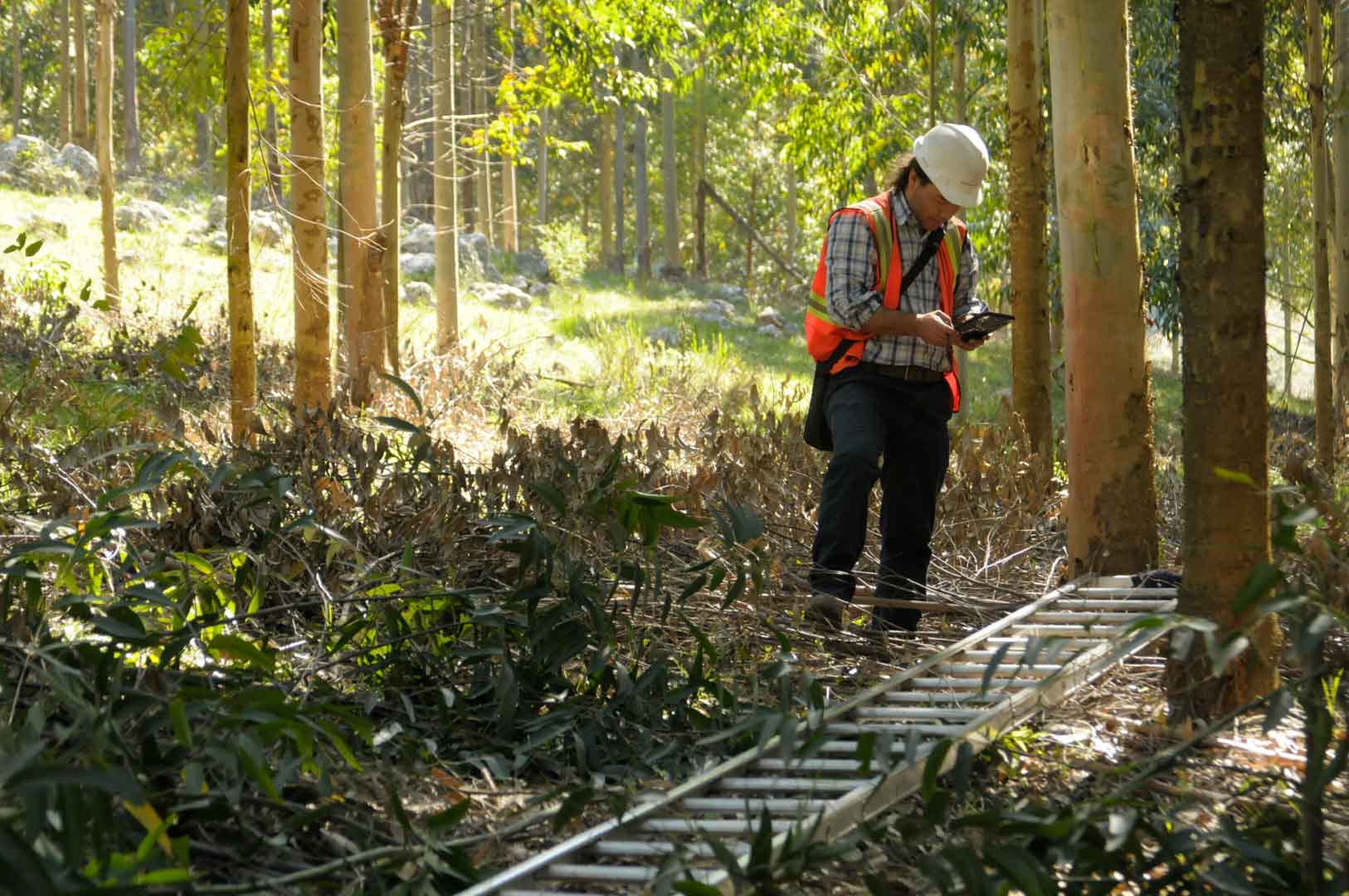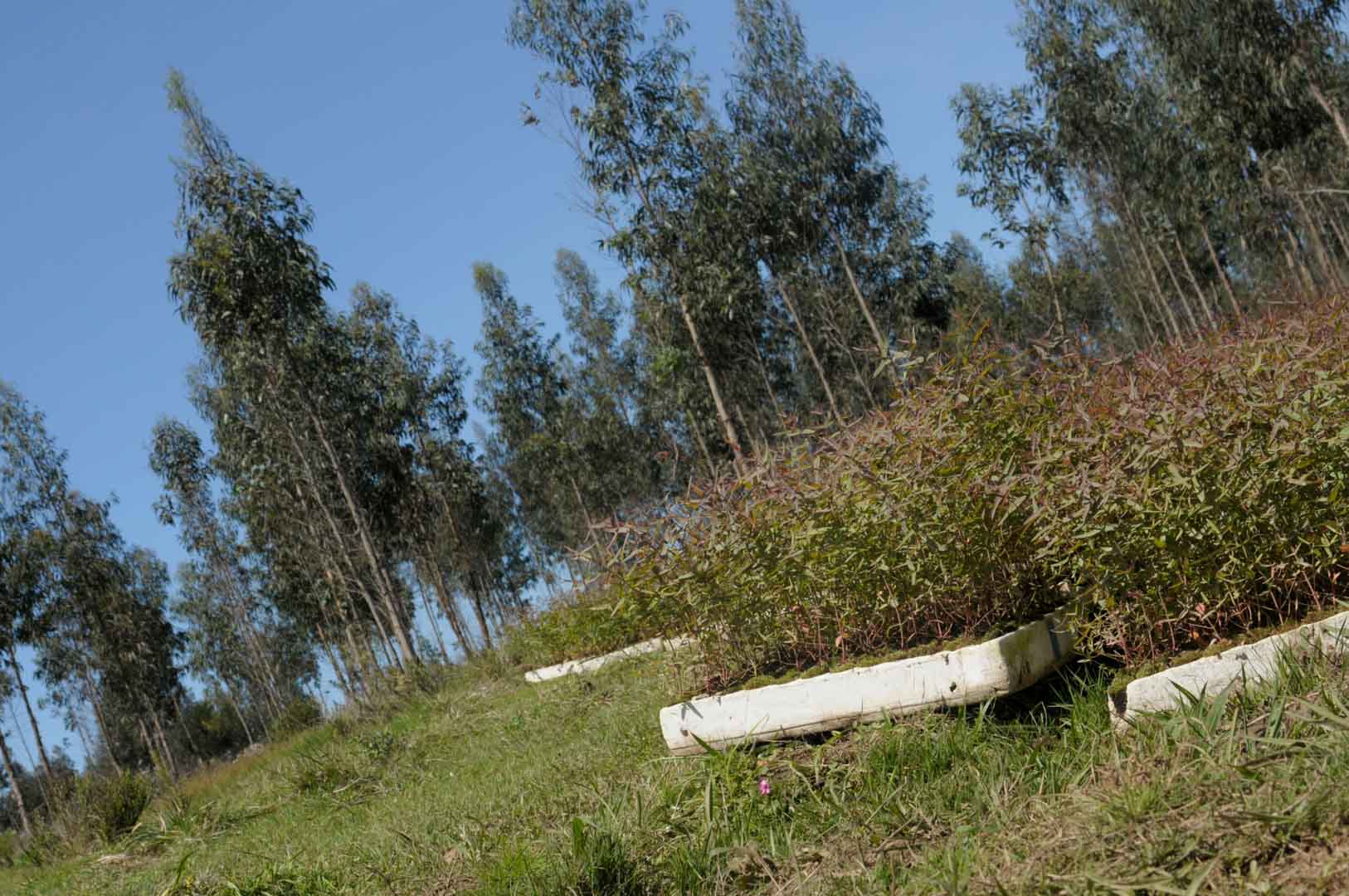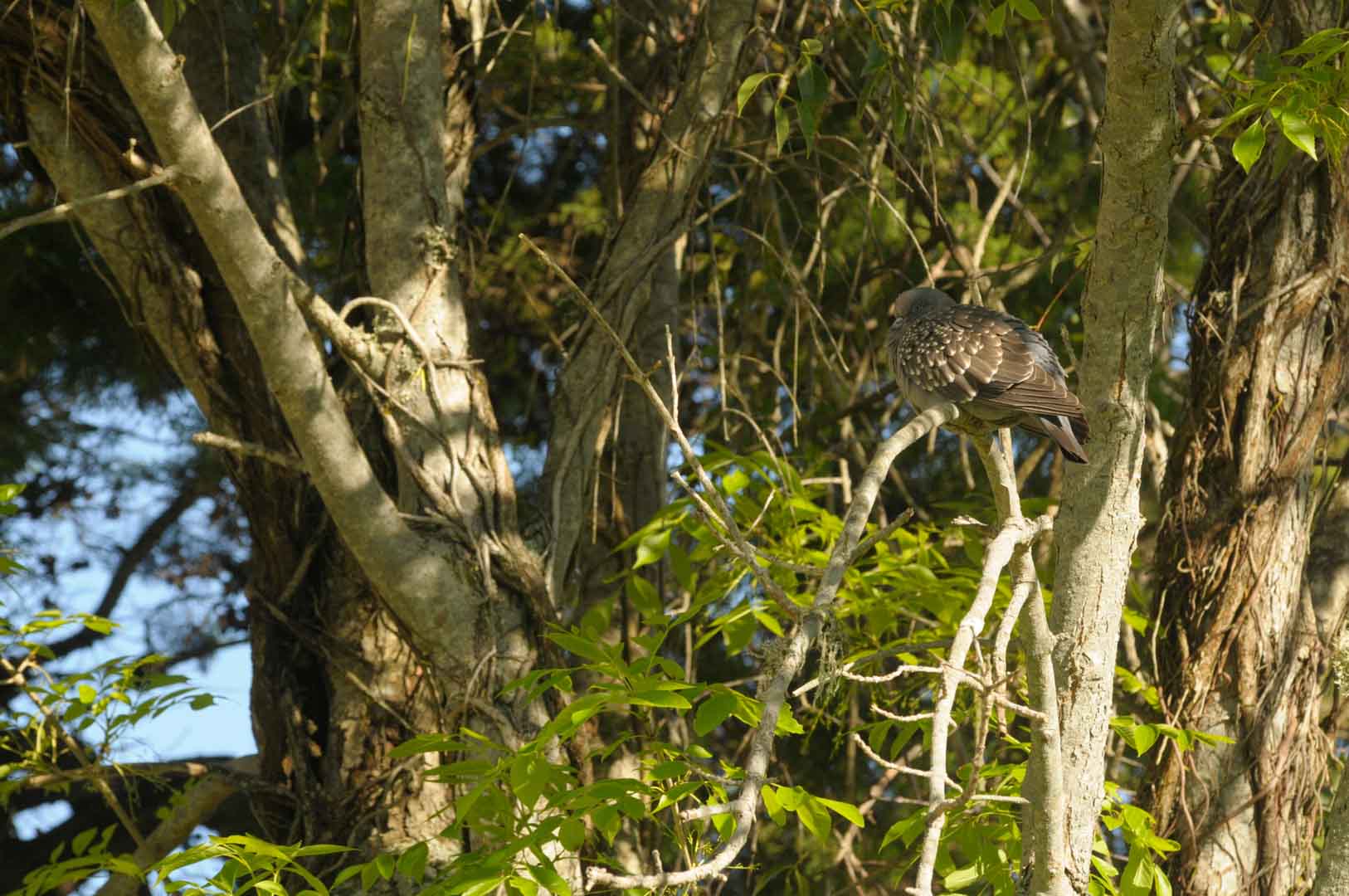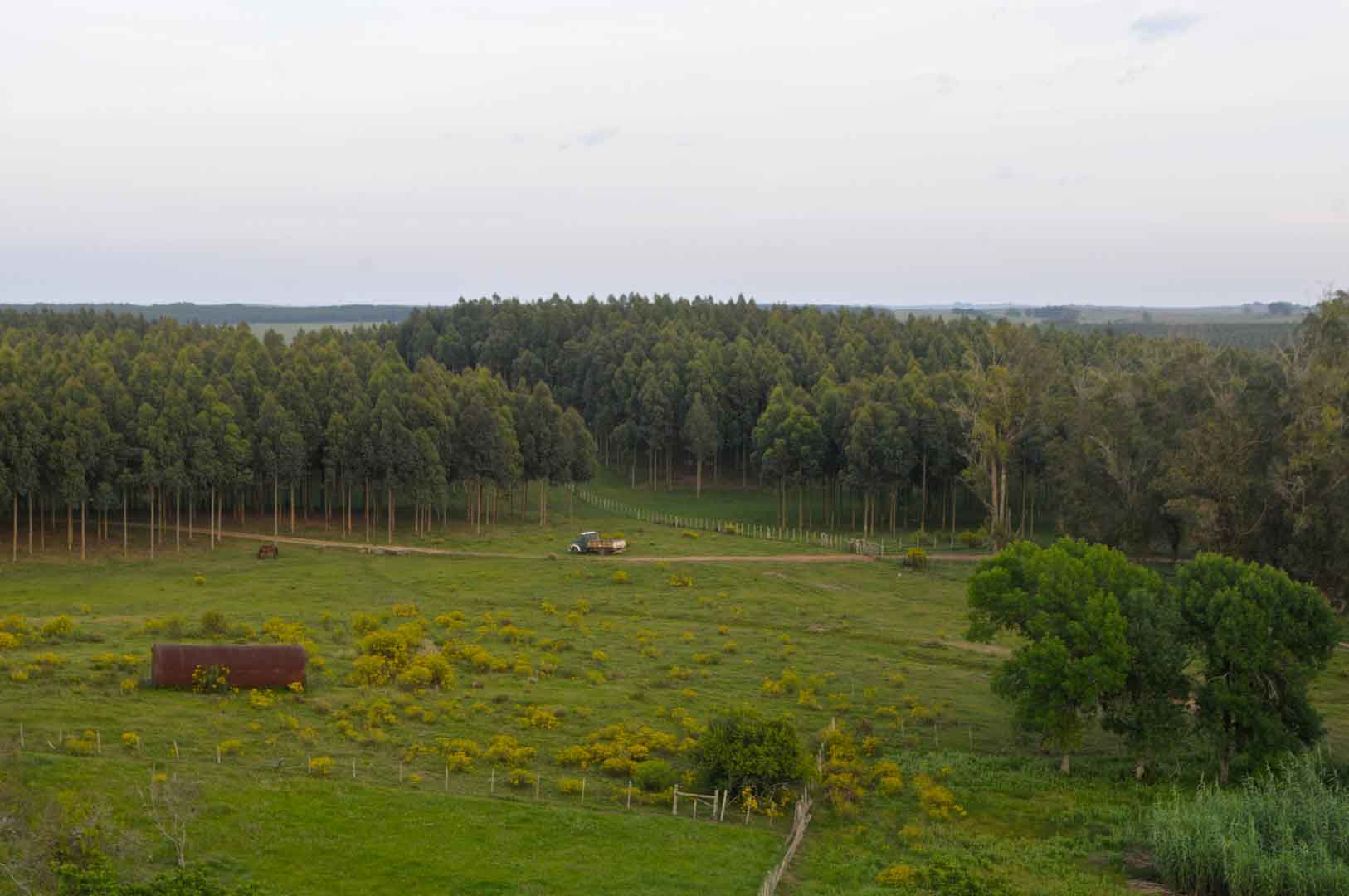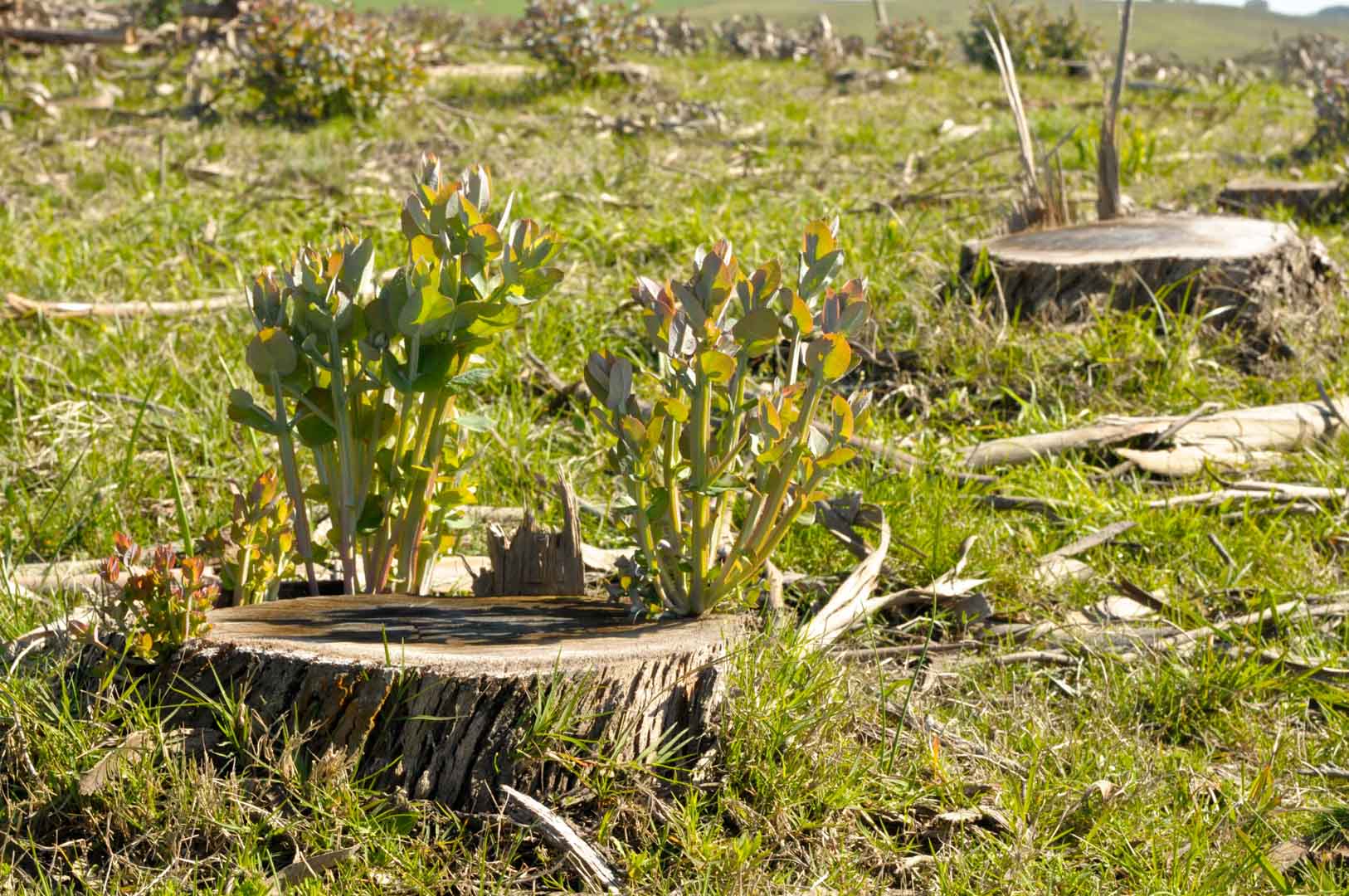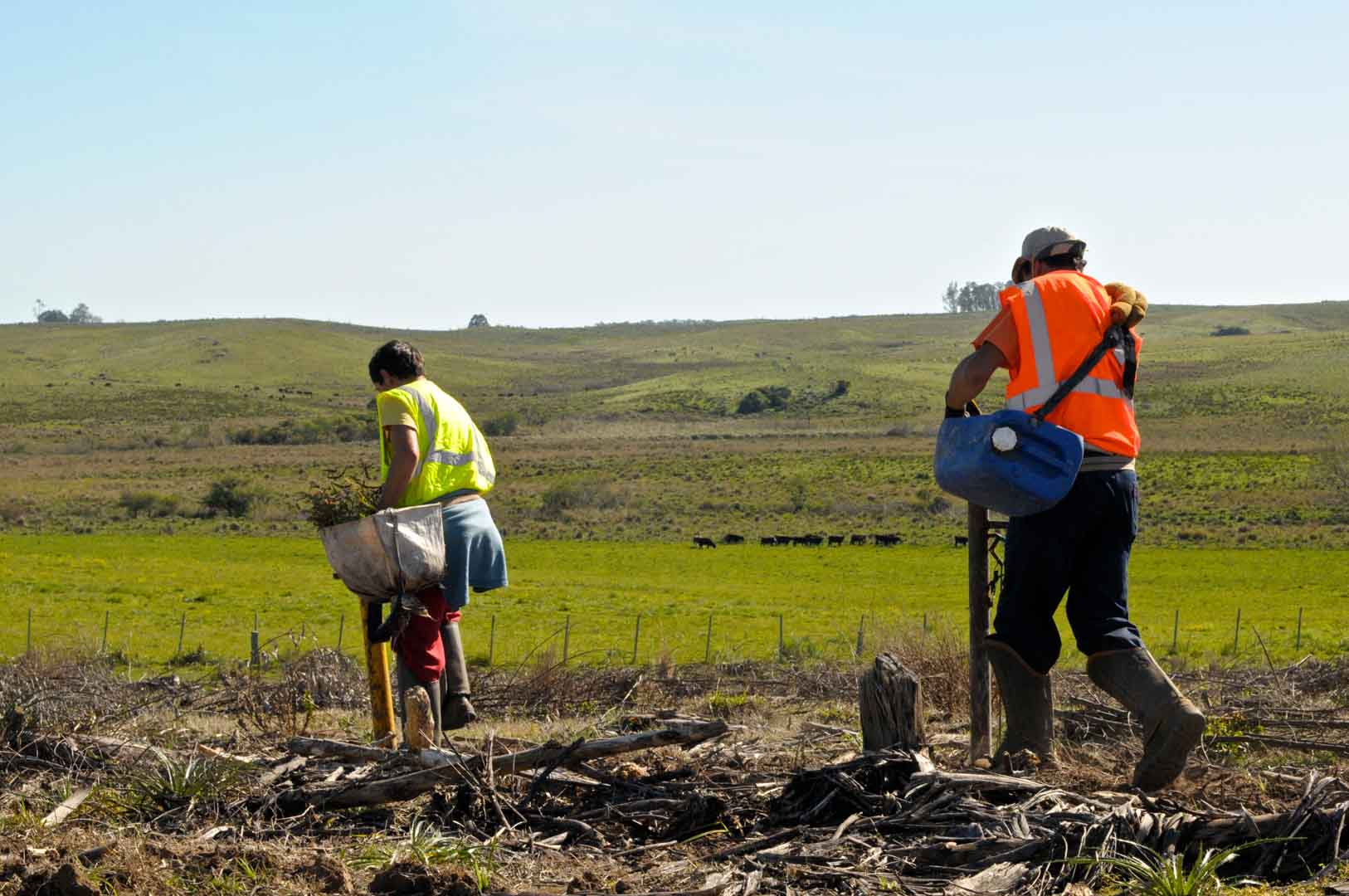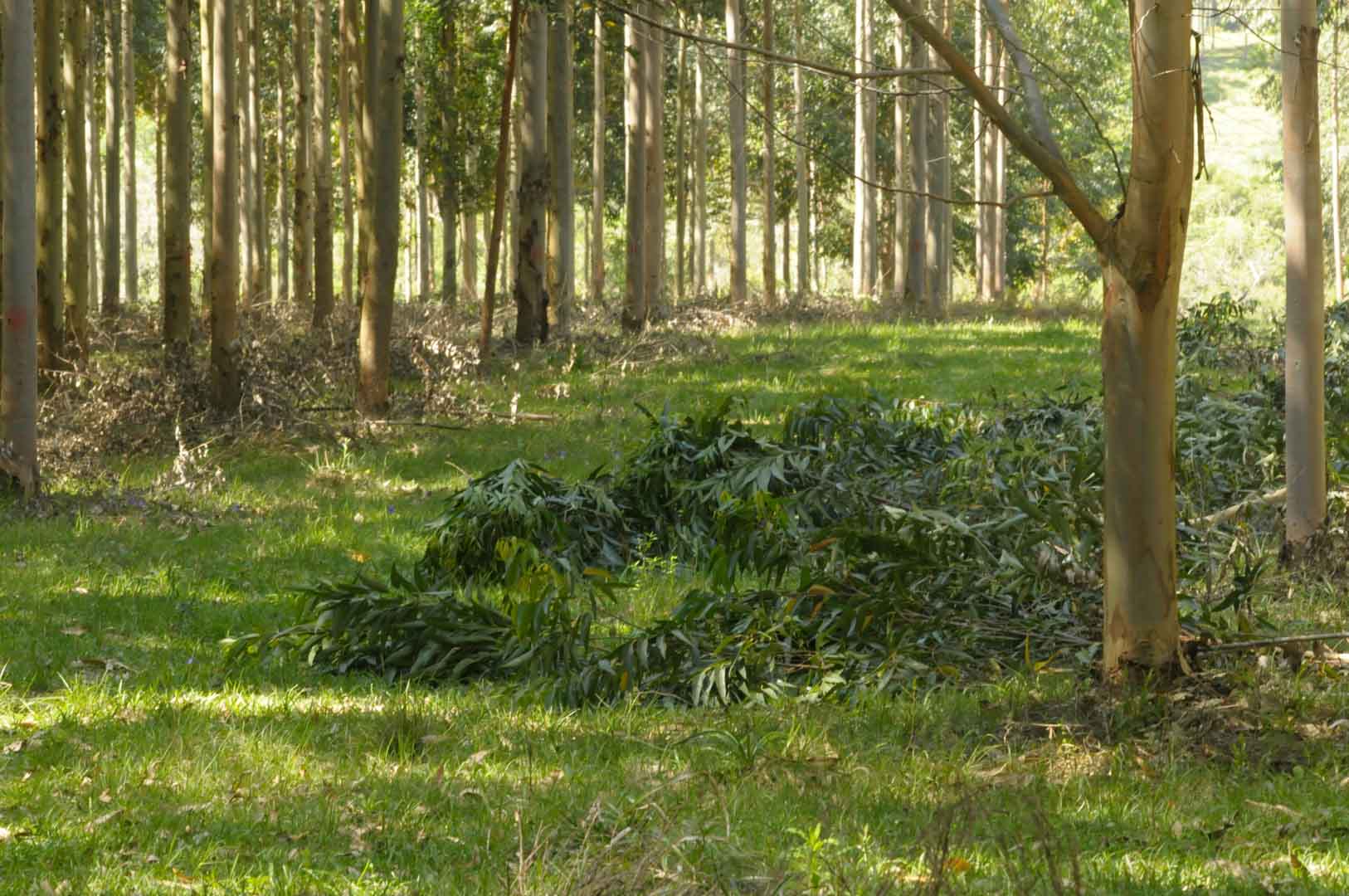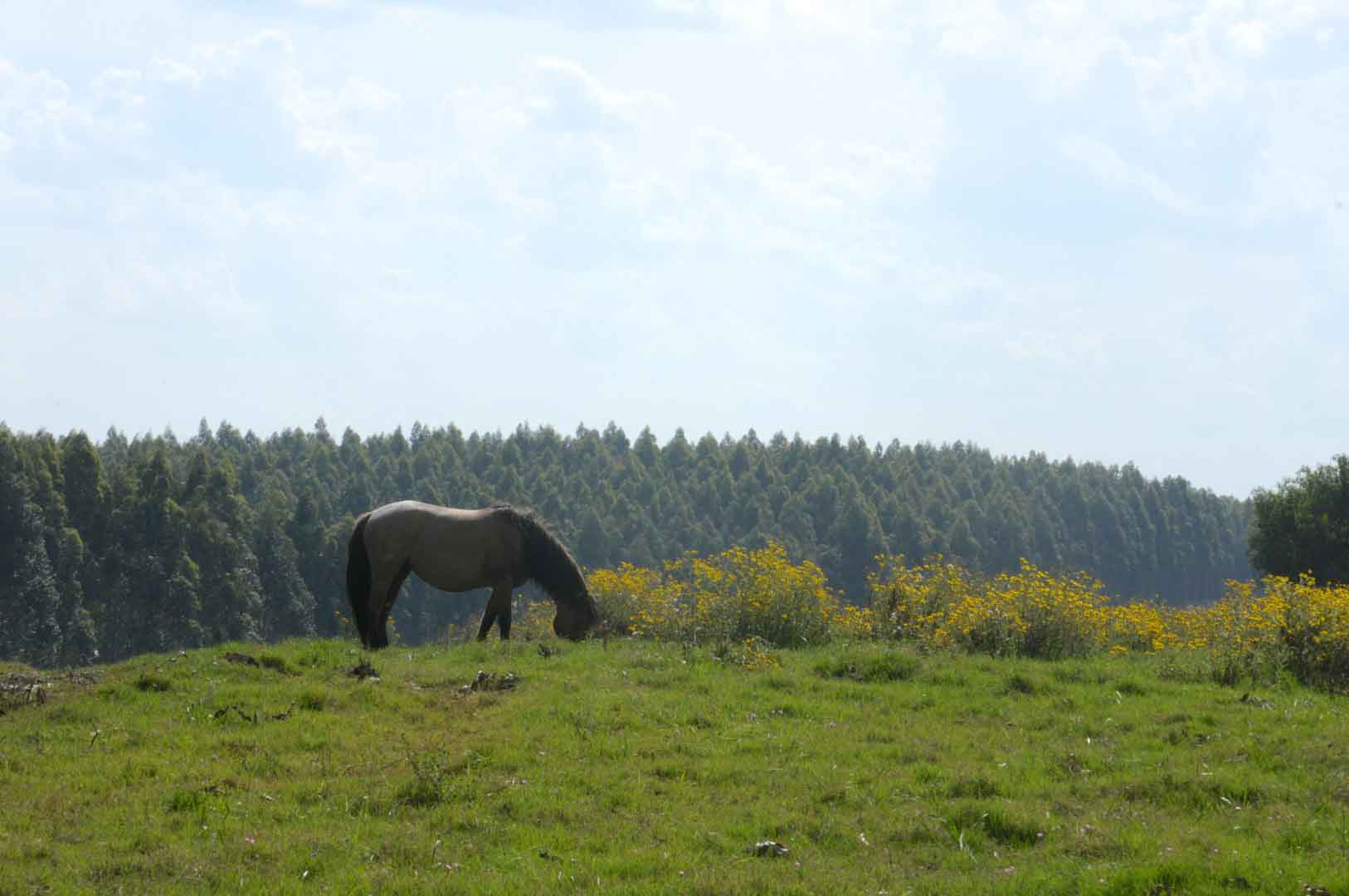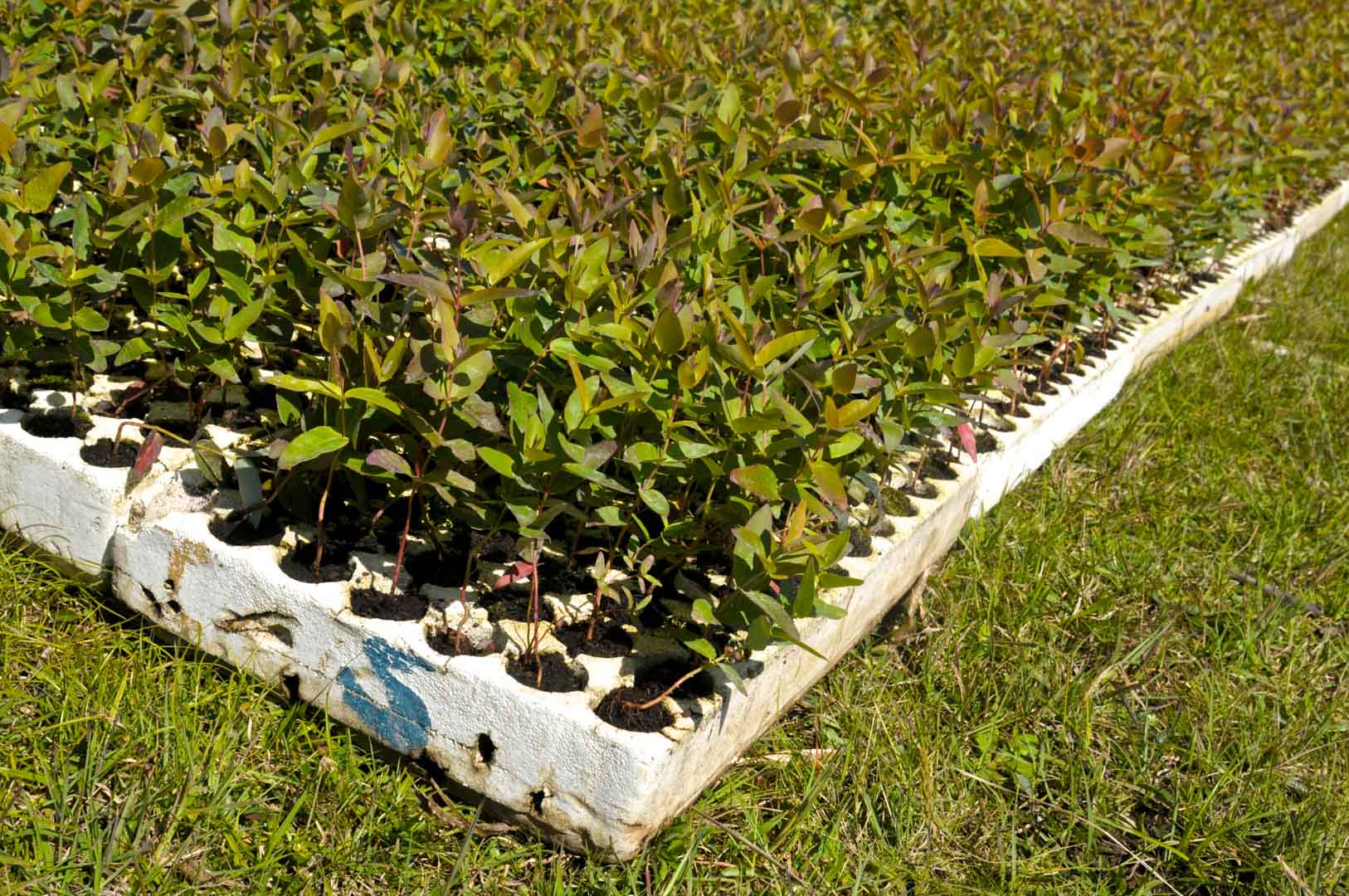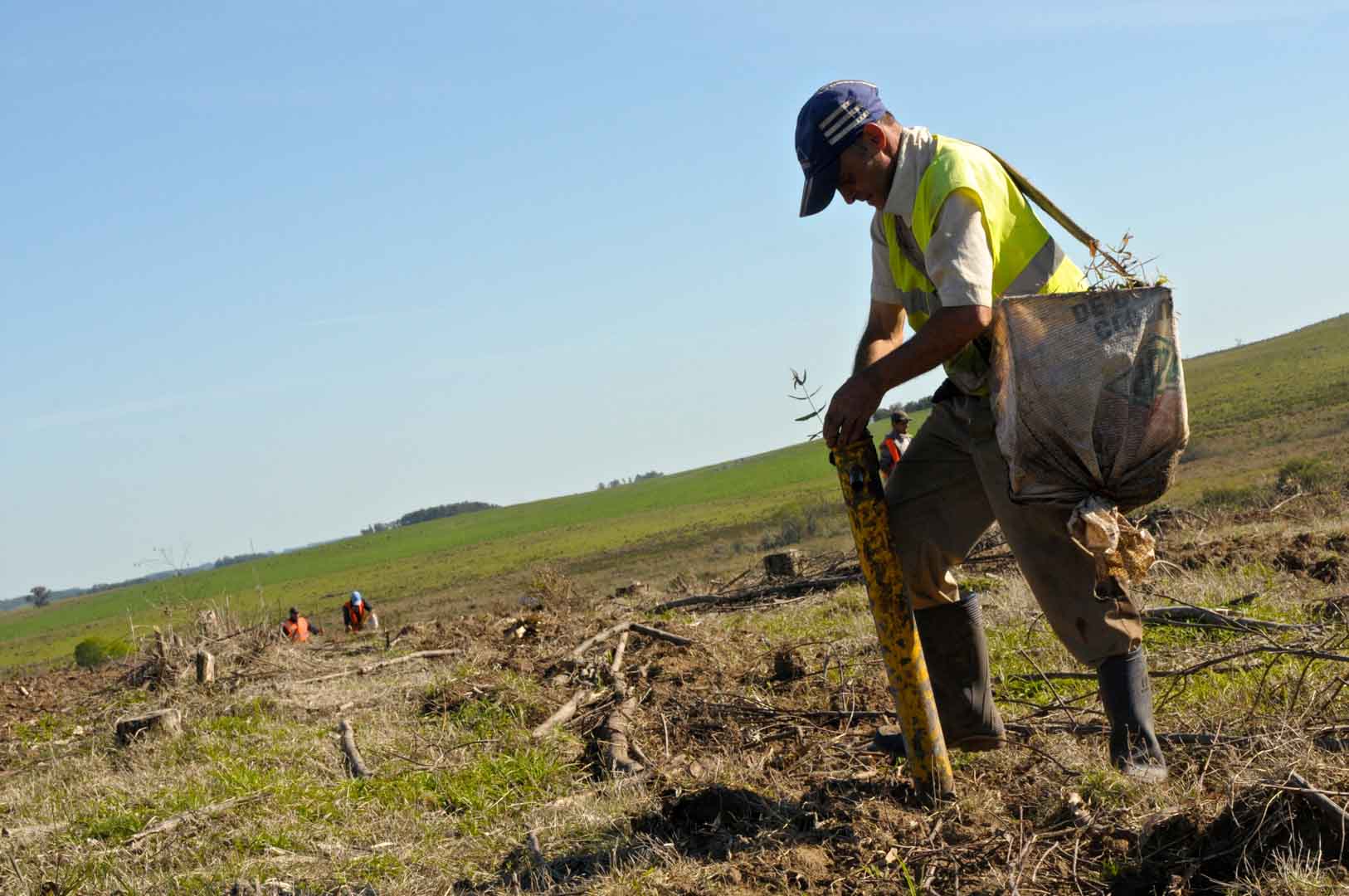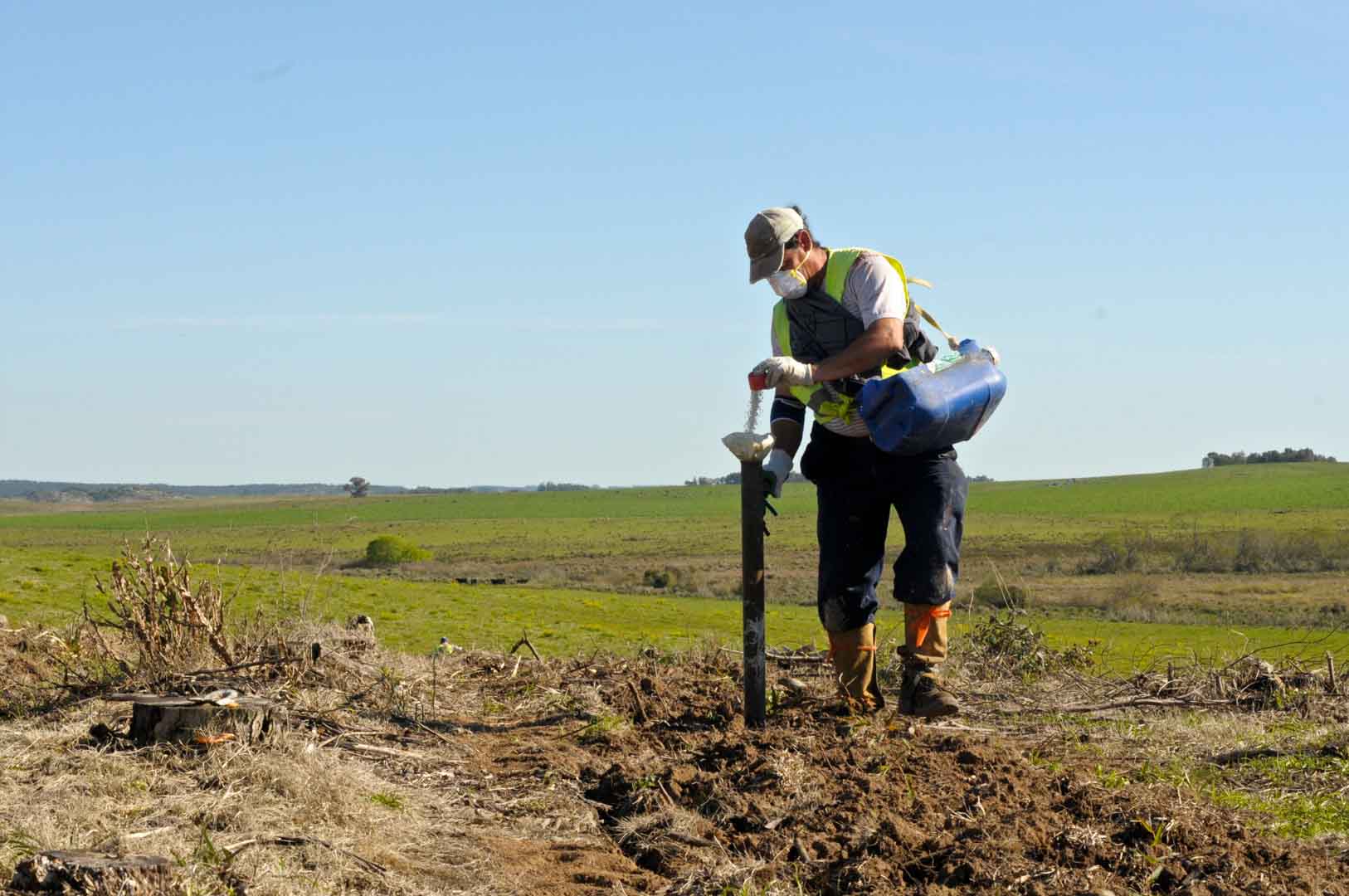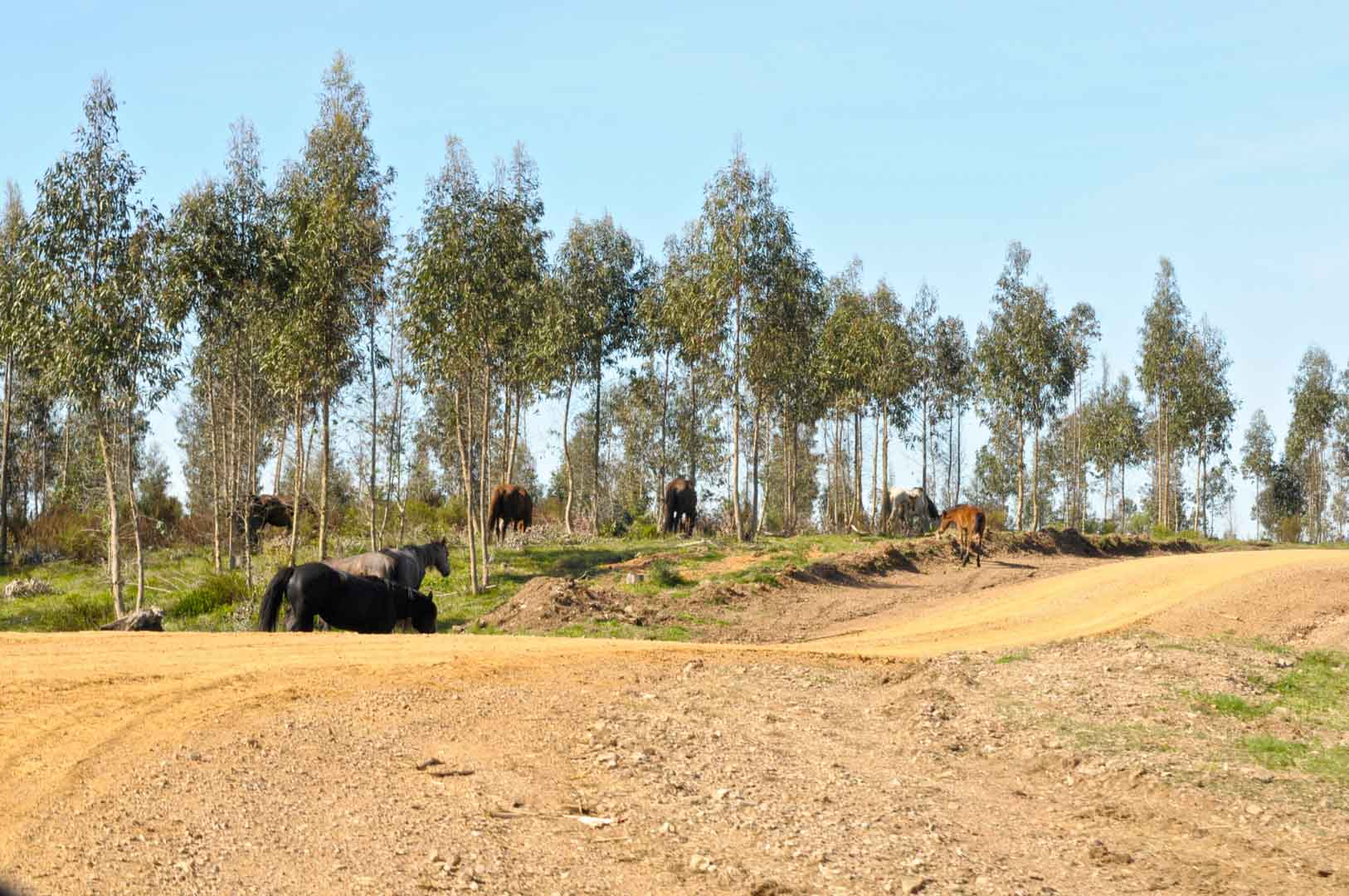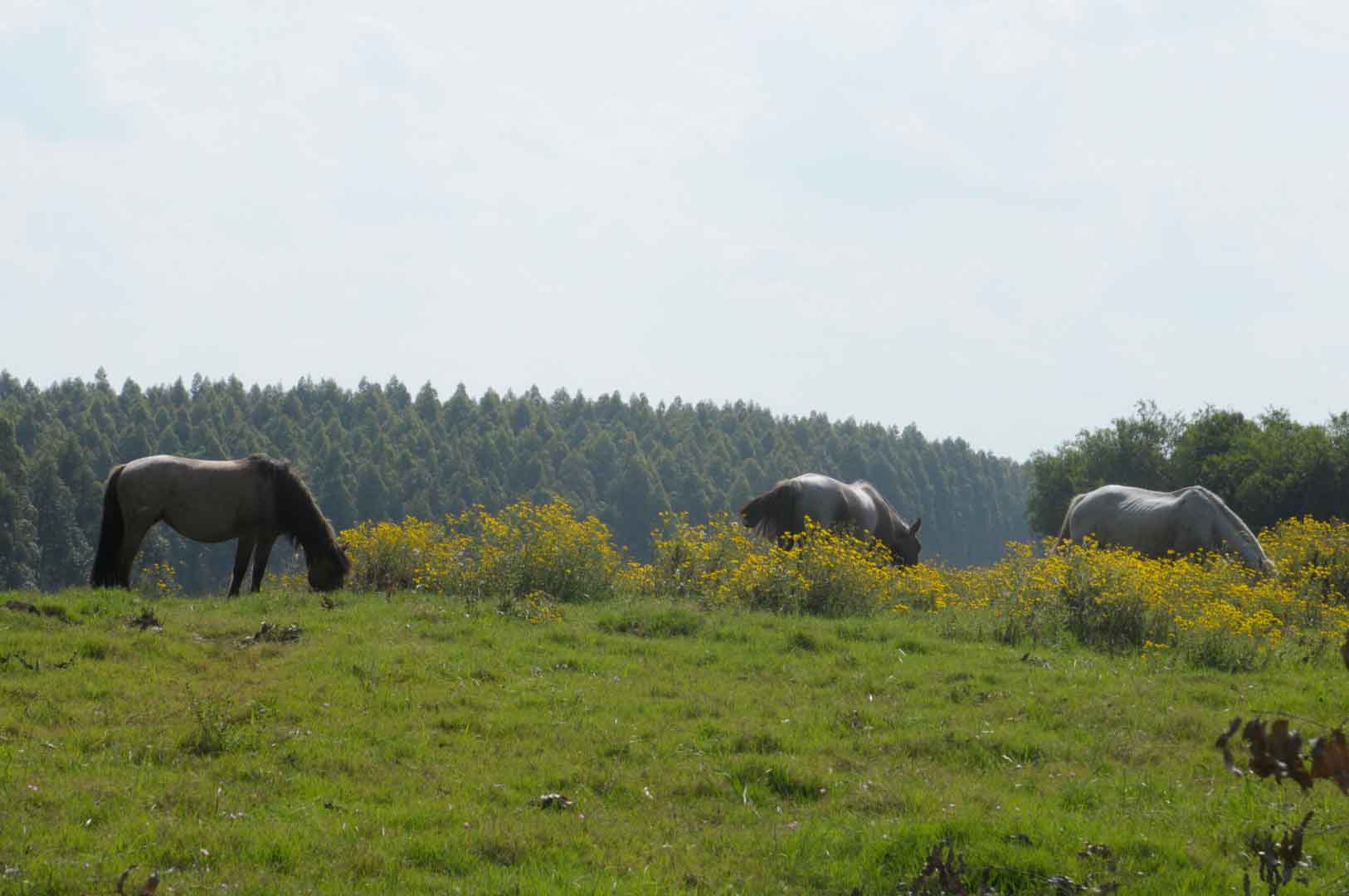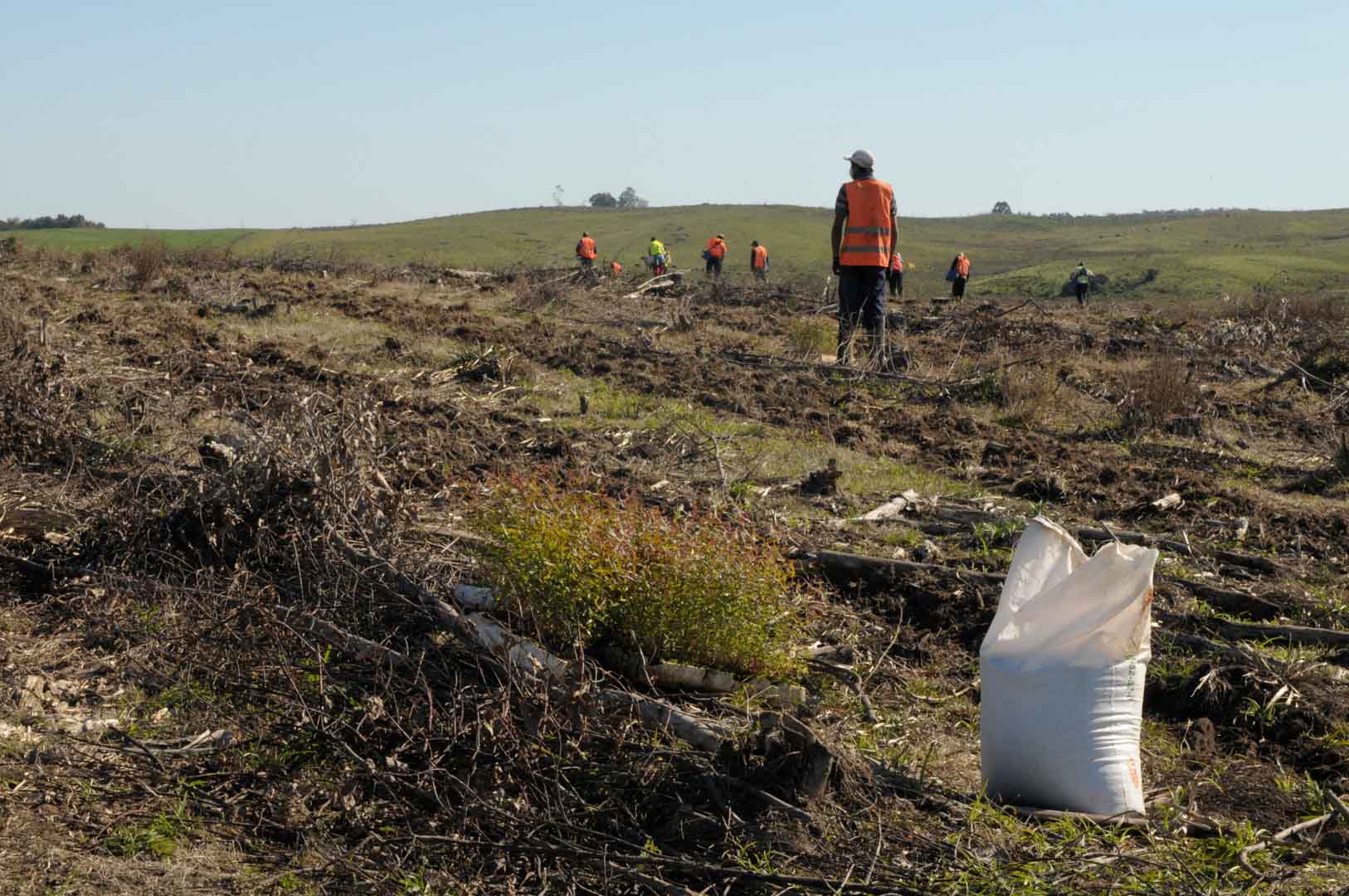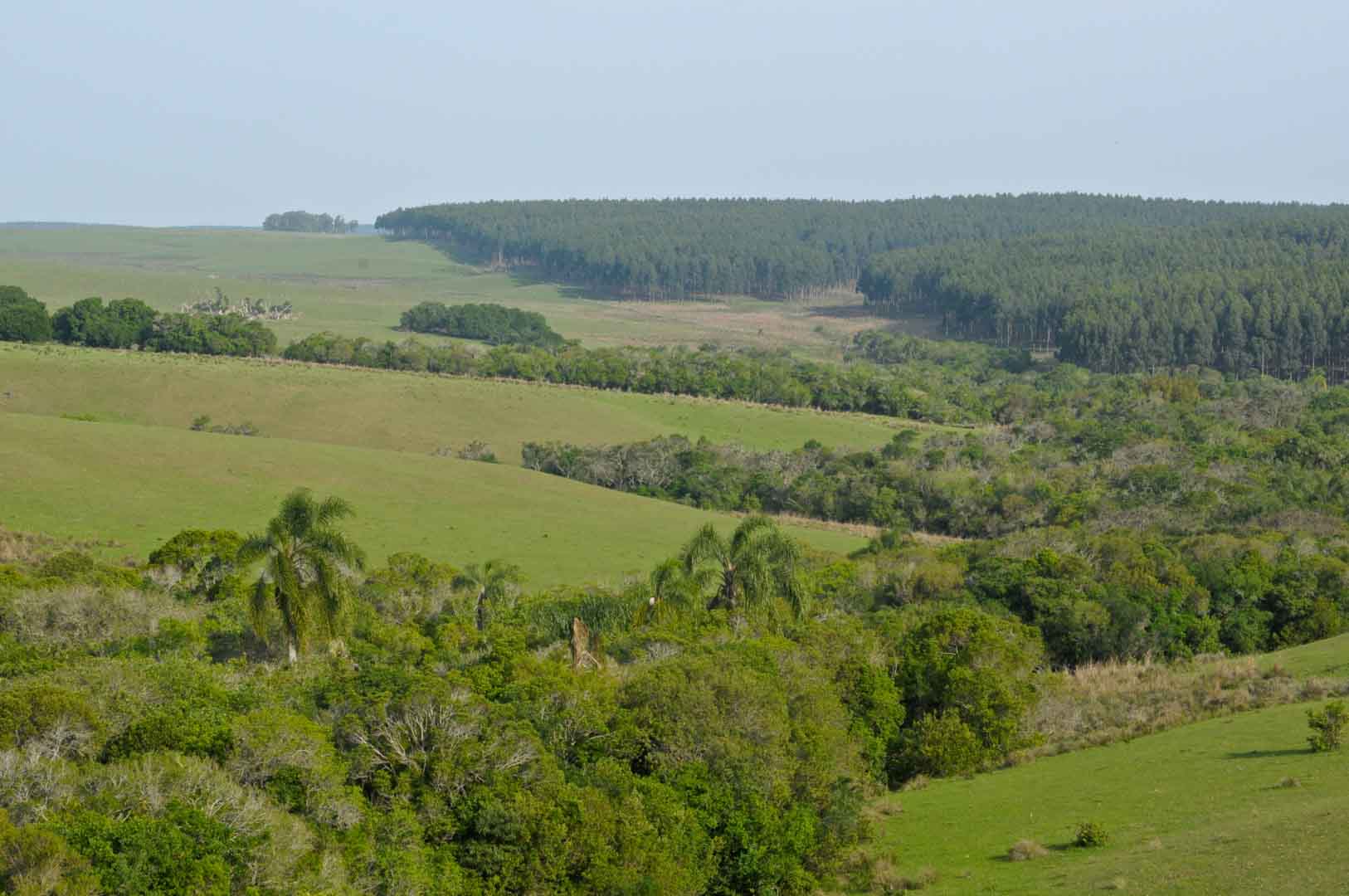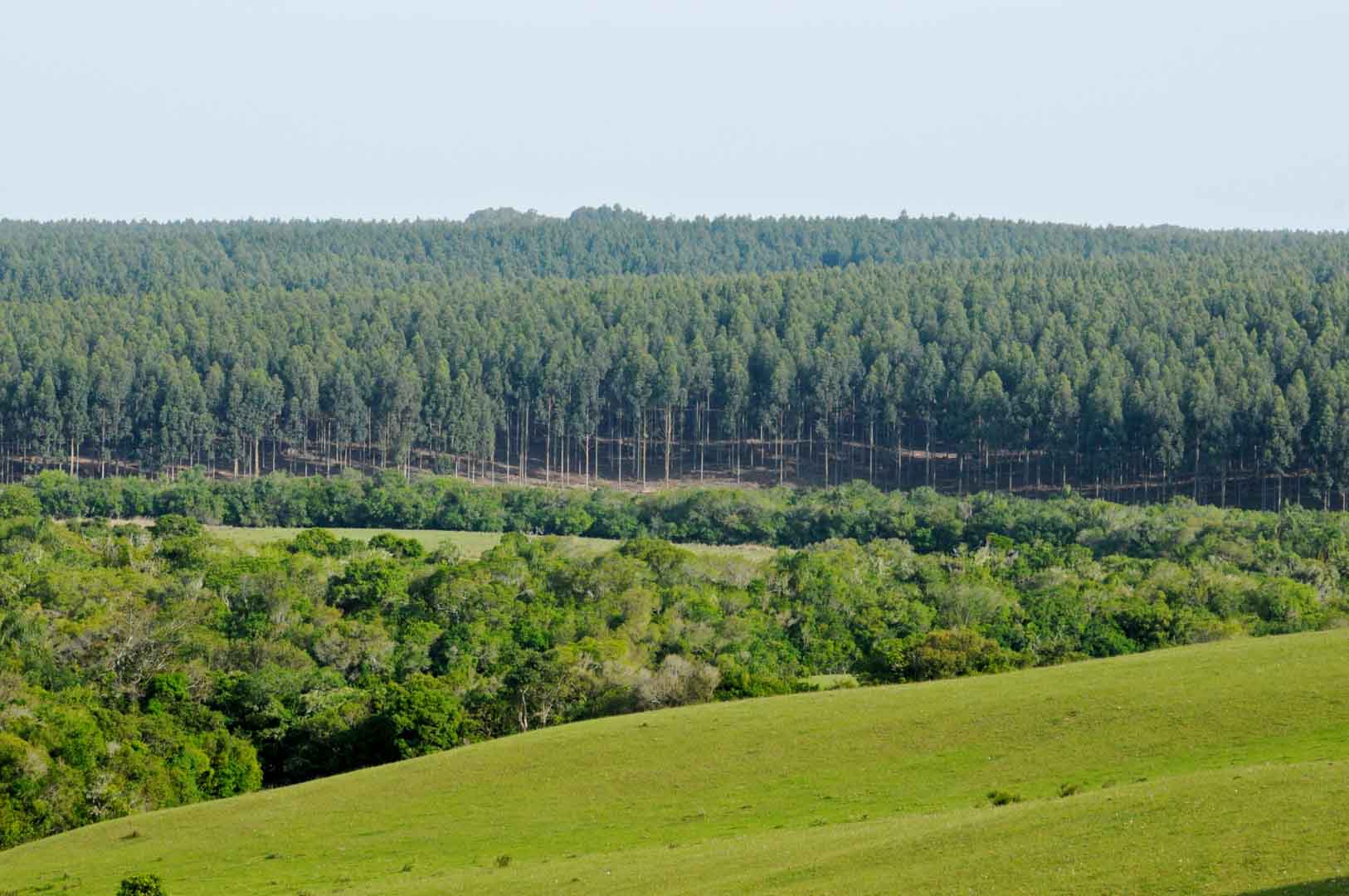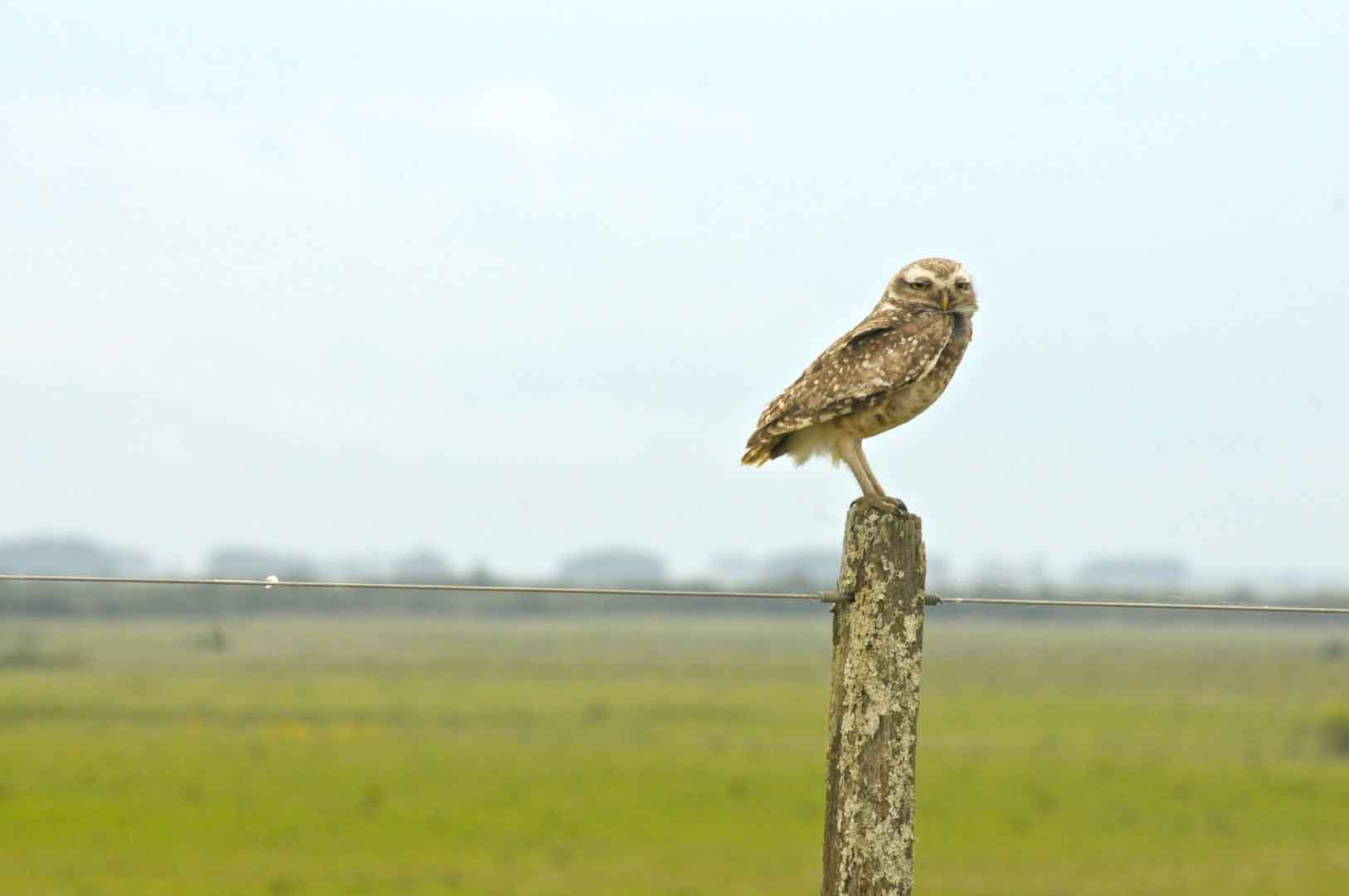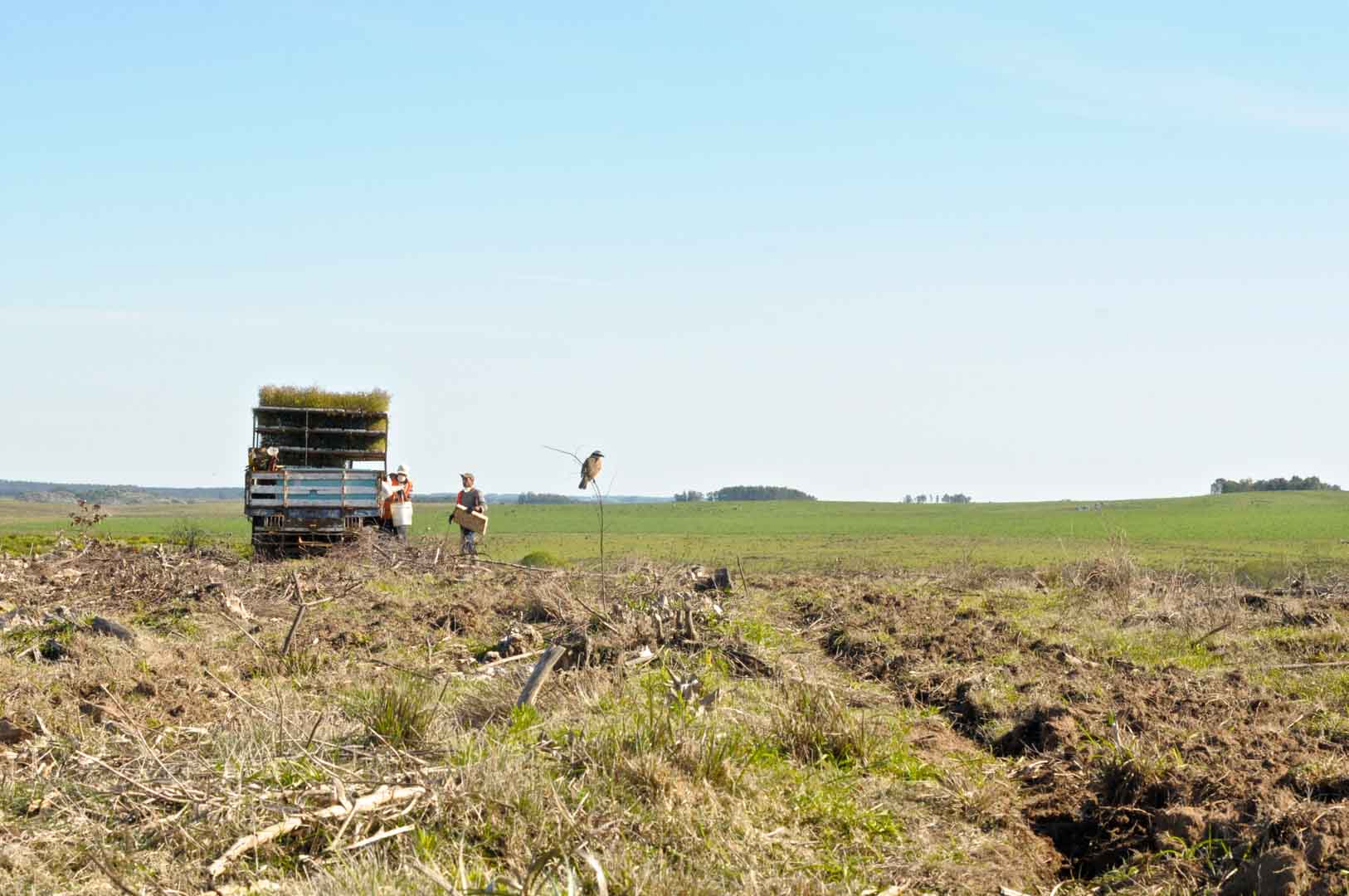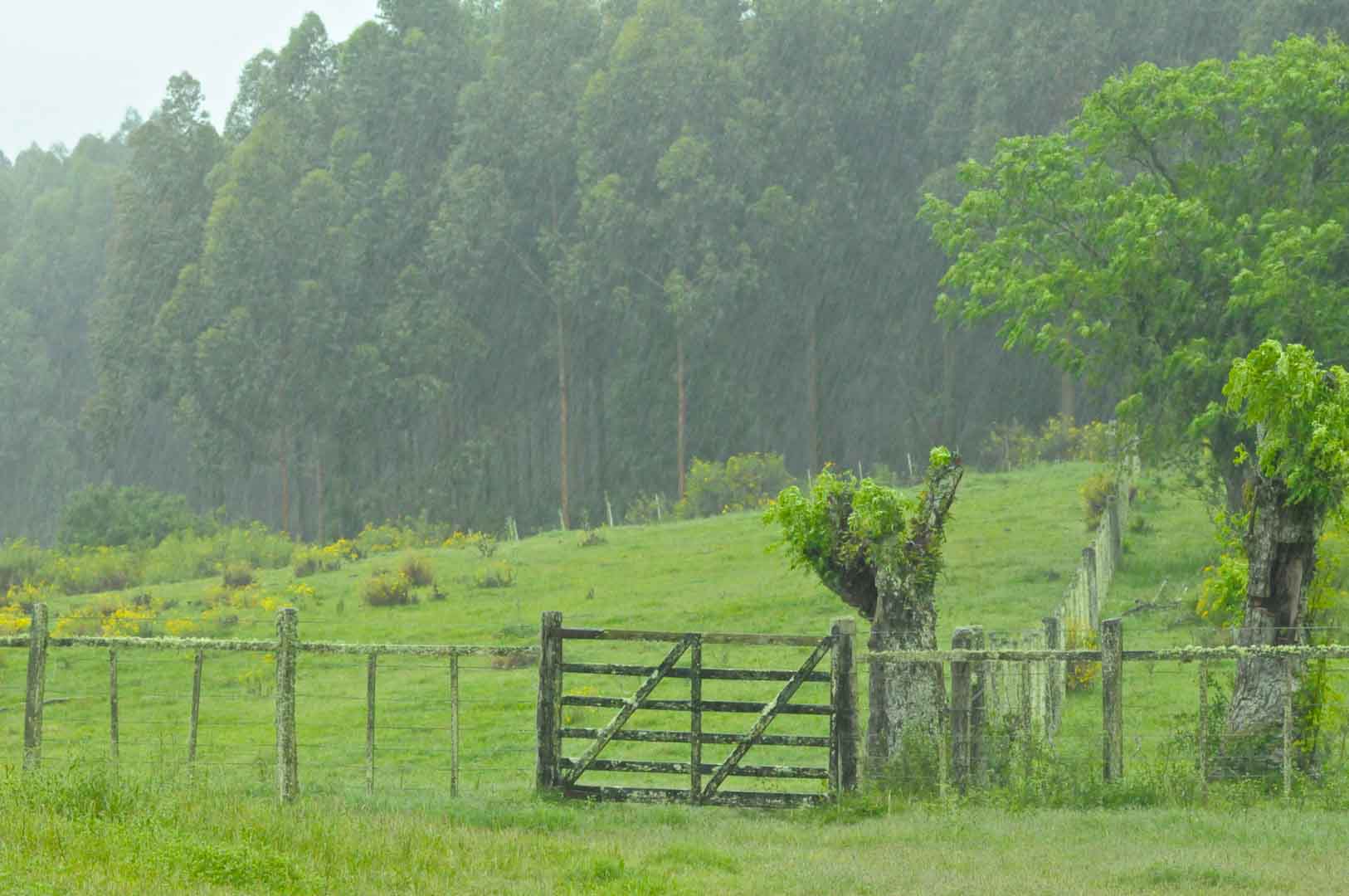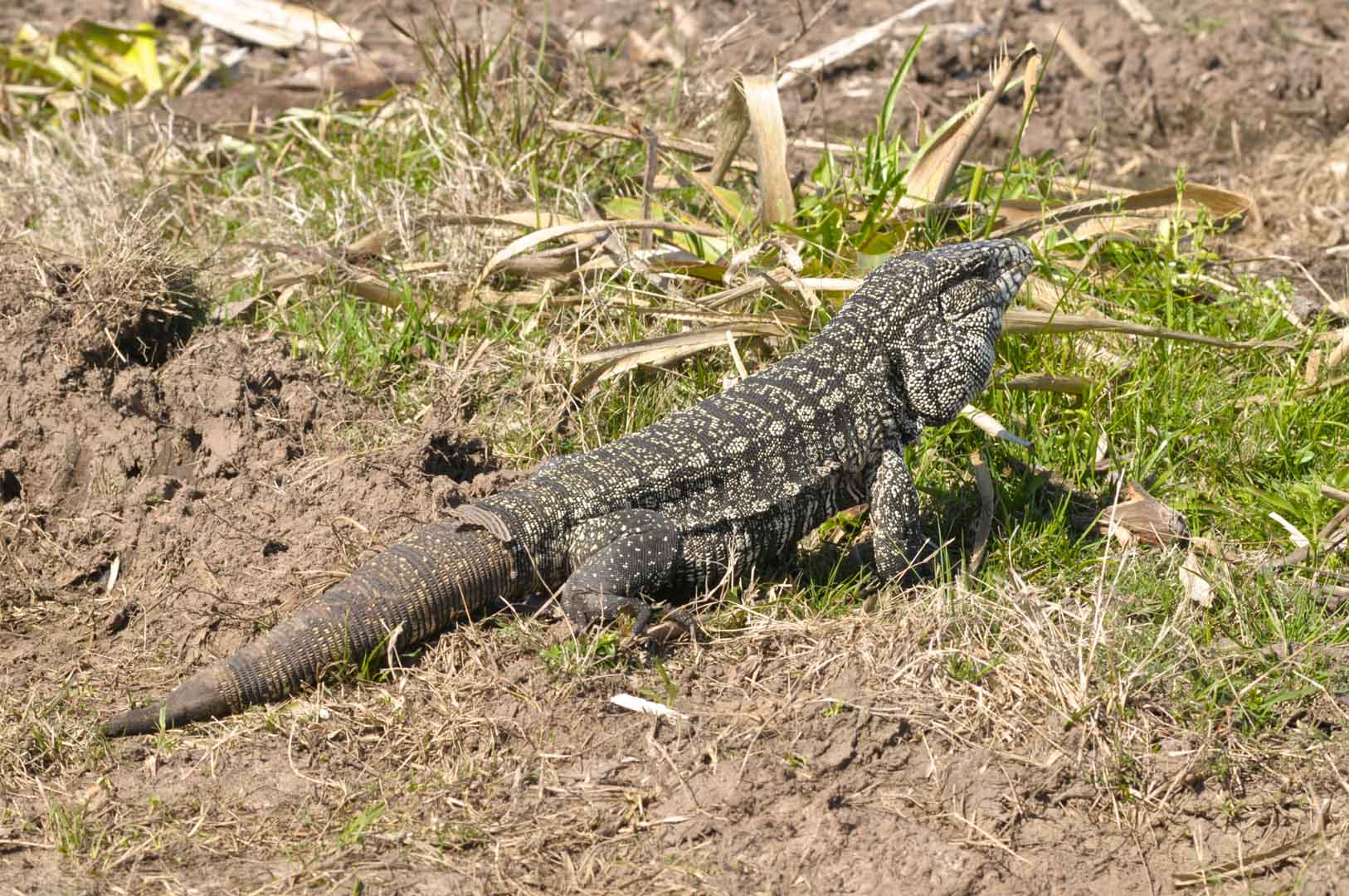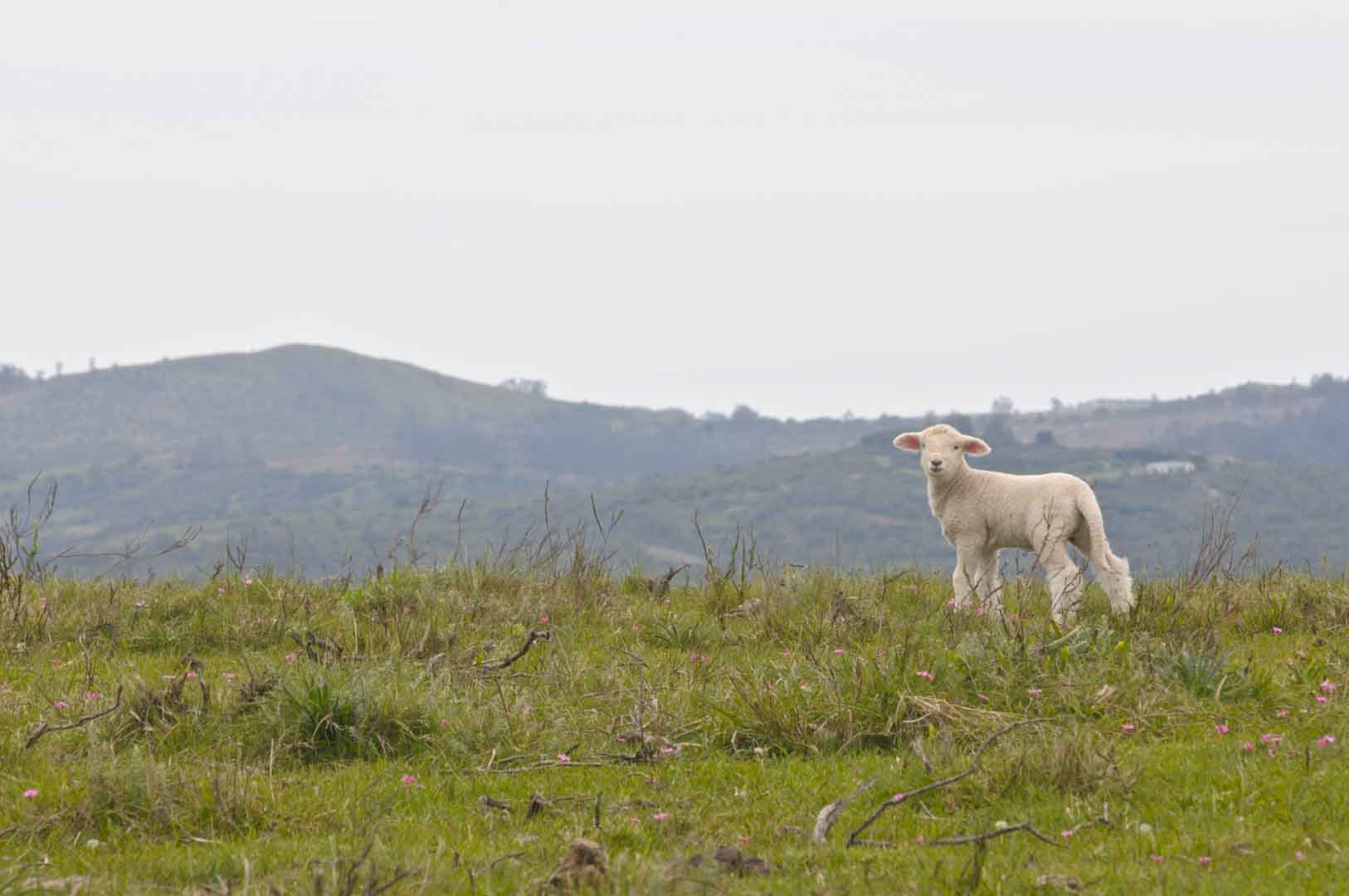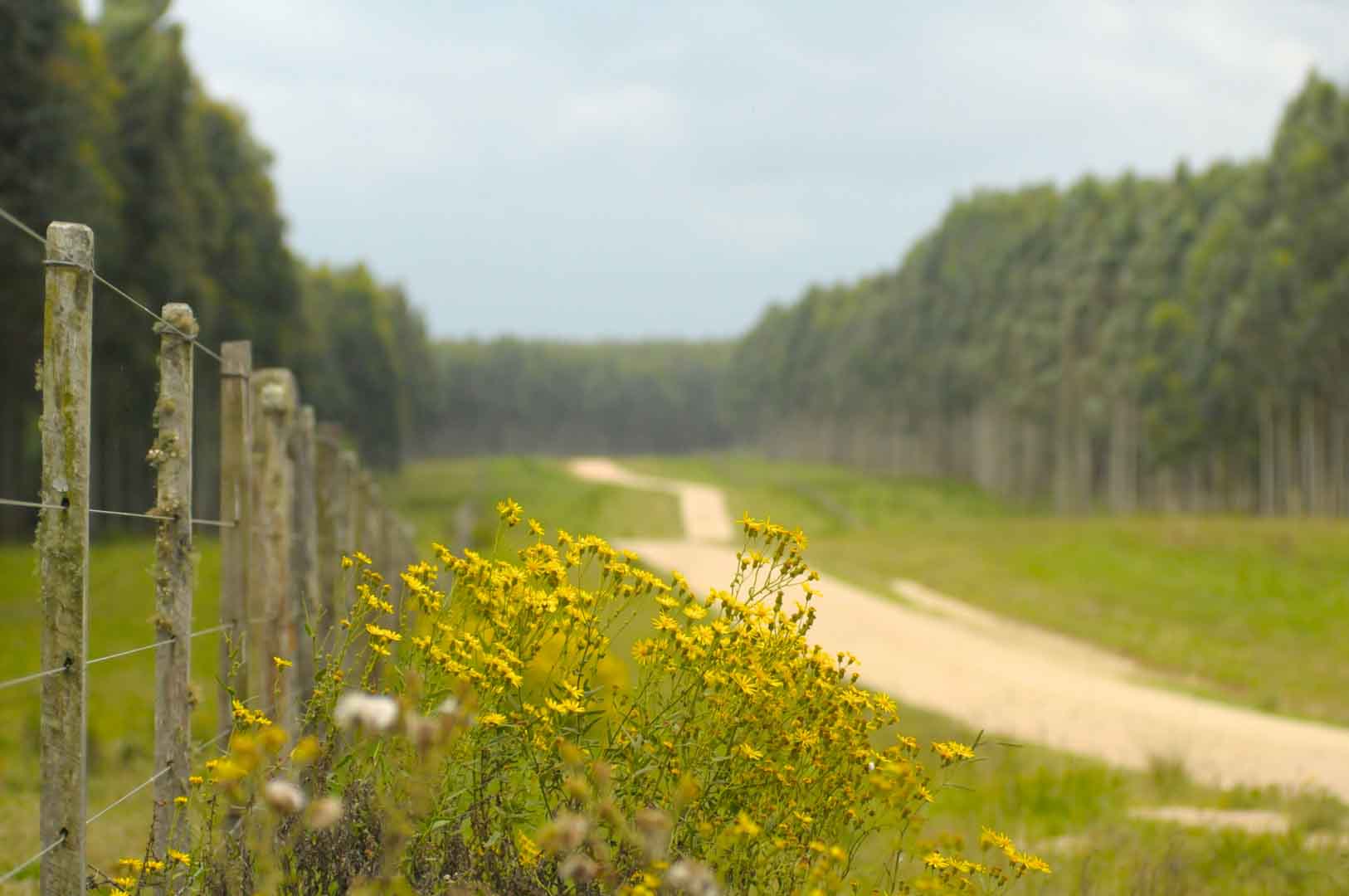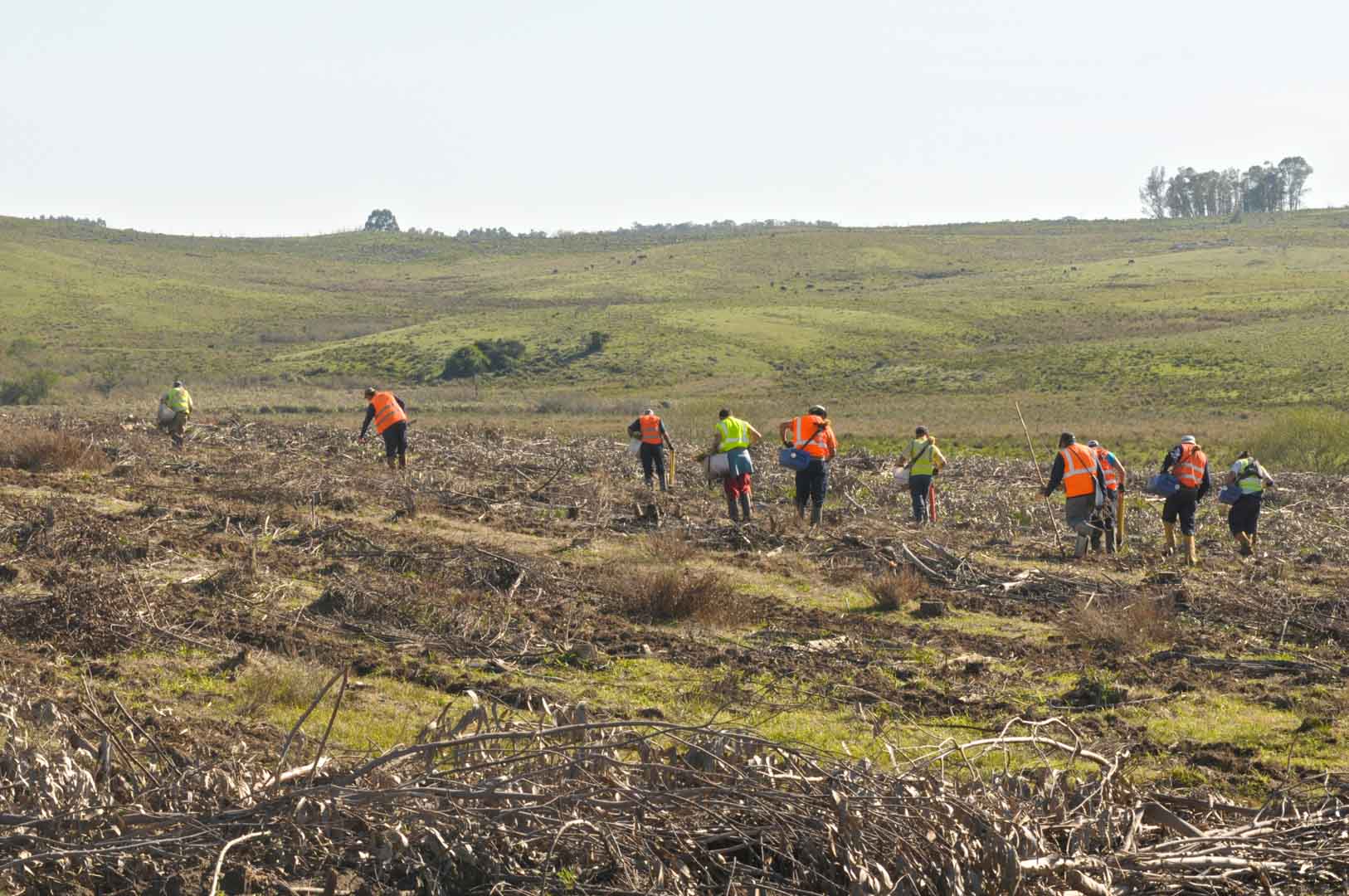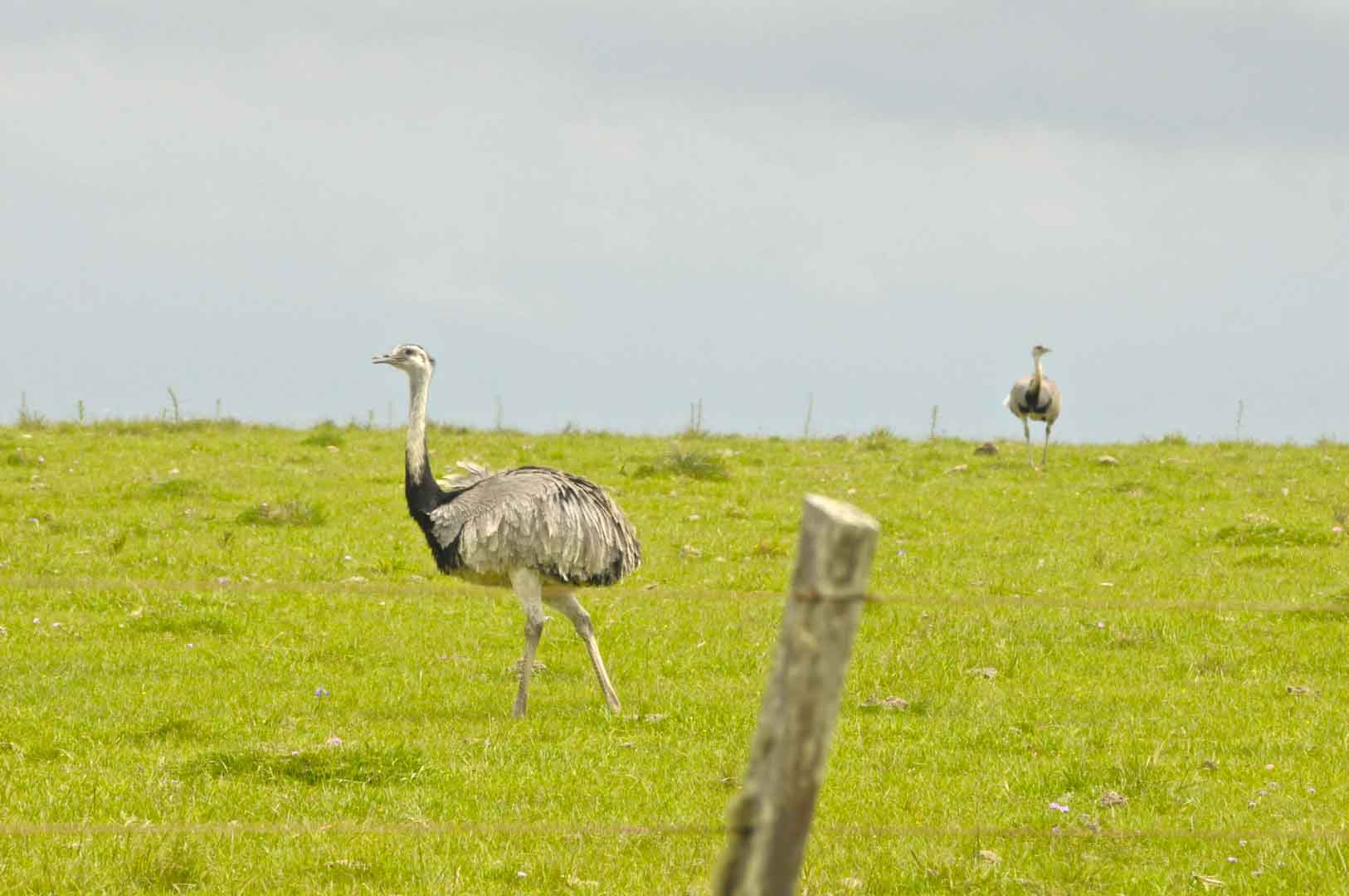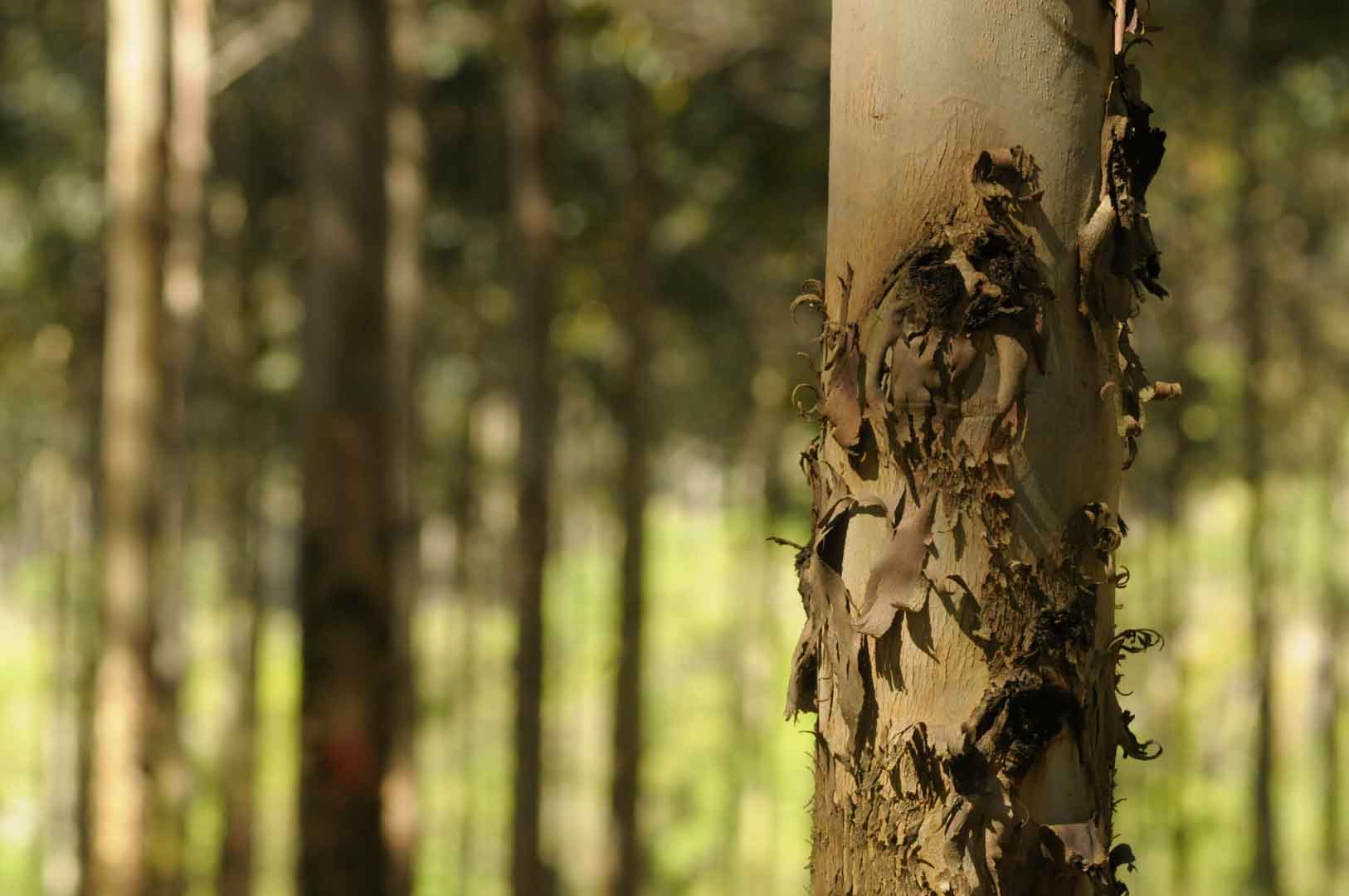Regeneration and reforestation of degraded grasslands in Uruguay
Over 300 years of use for cattle and sheep grazing have severely degraded the soils in the districts of Cerro Largo and Treinta y Tres in eastern Uruguay. The aim of the project is to convert this degraded grassland into a productive forest so that the intensively used soils can regenerate and absorb more water and nutrients in the future. In the process, valuable synergies arise from livestock farming and forestry.
Reforestation with fast-growing eucalyptus species has already been completed. The resulting forest areas have been fully FSC-certified since 2013 and are managed sustainably according to these guidelines. They produce high-quality wood raw materials suitable for durable wood products. At the same time, the forest binds large amounts of CO2 and the project contributes to sustainable development by creating long-term jobs.
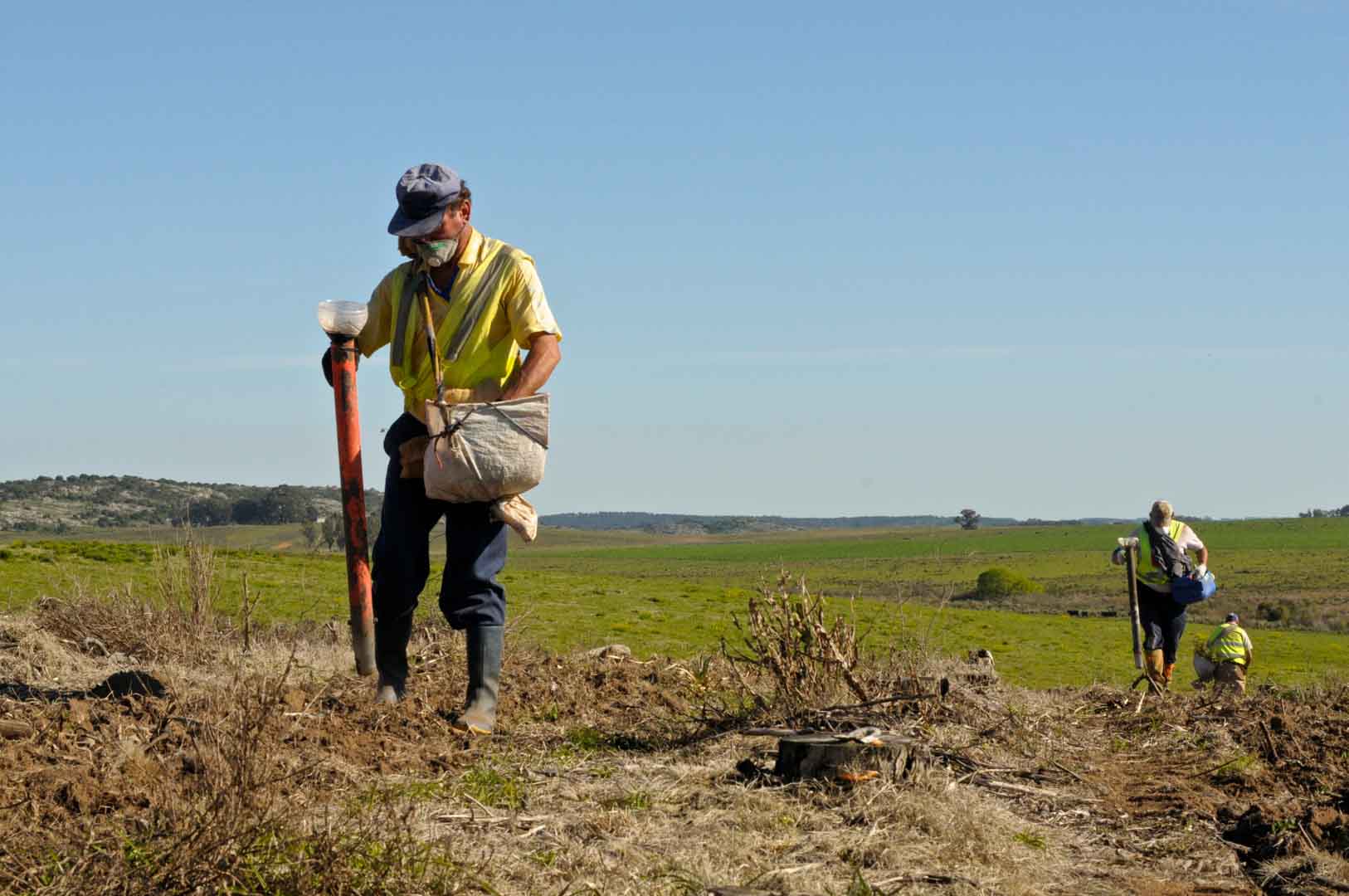
Forests are essential in our lives and are among the planet's most important carbon sinks. Besides providing habitats for wildlife, they filter the air, stabilise and protect soils, store water, and contribute to the balance of our climate. However, global forest areas have declined sharply in recent decades due to increasing settlements, agriculture, illegal logging, and raw material extraction. Afforestation, reforestation, and revegetation activities significantly increase a forest’s carbon storage capacity in both the biomass of the forest and in the soil. The storage capacity varies according to the tree species, age, and location. Experts distinguish these activities in the following way:
Afforestation converts non-forested areas into forest ones. Reforestation restores forest areas that have been damaged or deforested in the past. Revegetation increases the vegetation through planting trees, shrubs, or other plants.
Explore our projects
Biochar for Climate Action, Healthy Soils, and Better Harvests

A certified climate project combined with additional commitment

Expansion of renewable energy generation in Asia
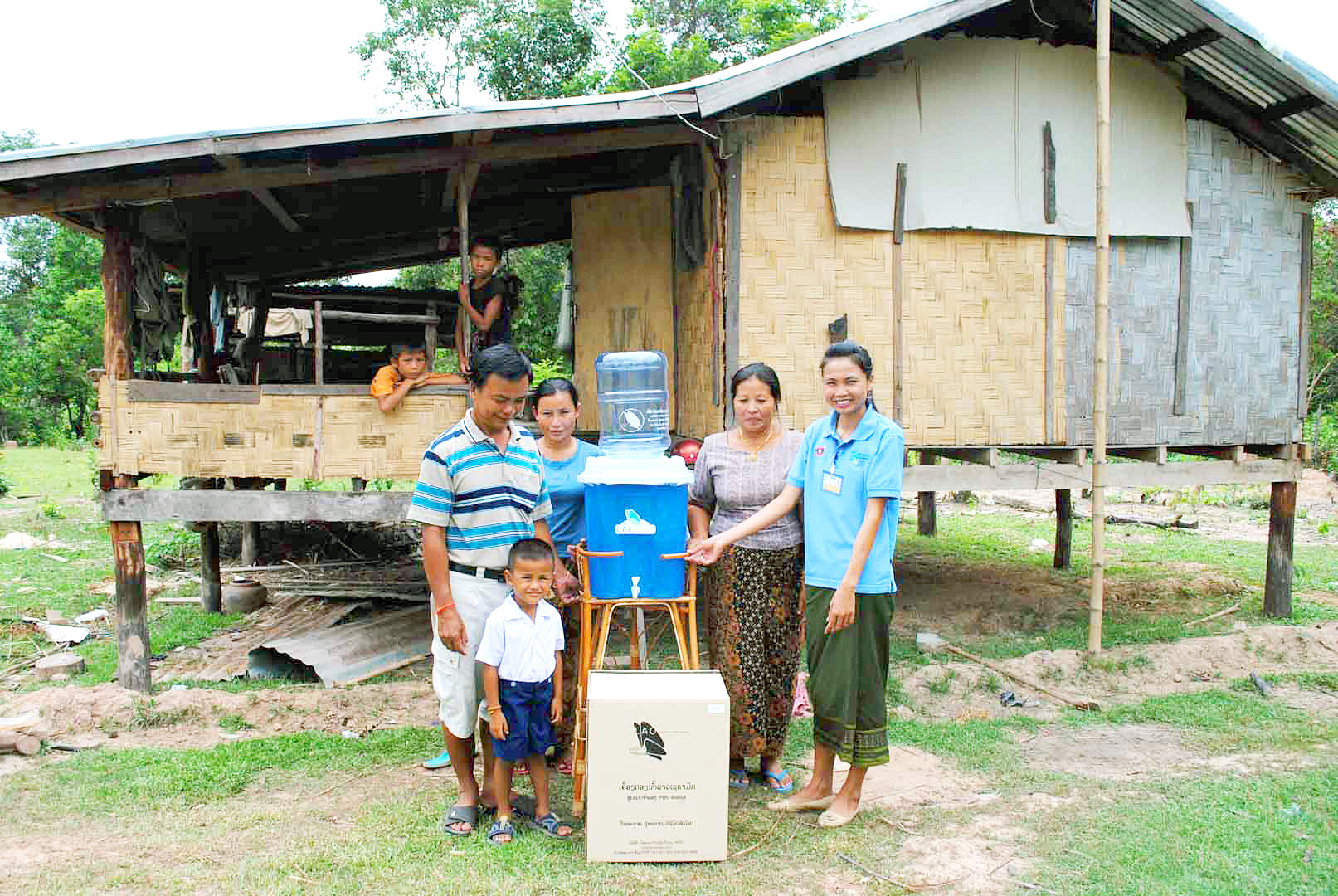
Ceramic water filters save CO2 and improve health
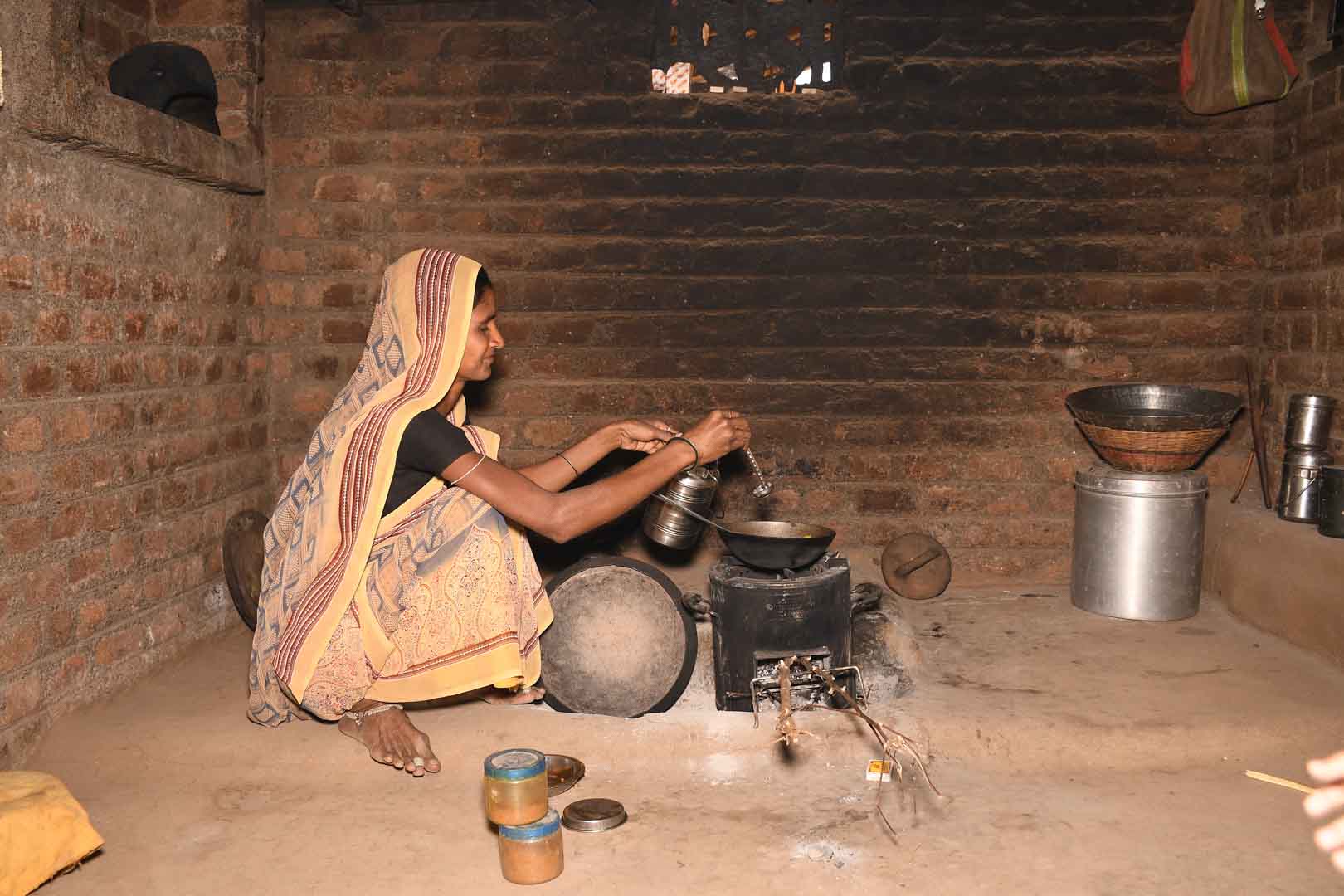
Improved cookstoves worldwide – for better health and cleaner air

A certified climate project combined with additional commitment
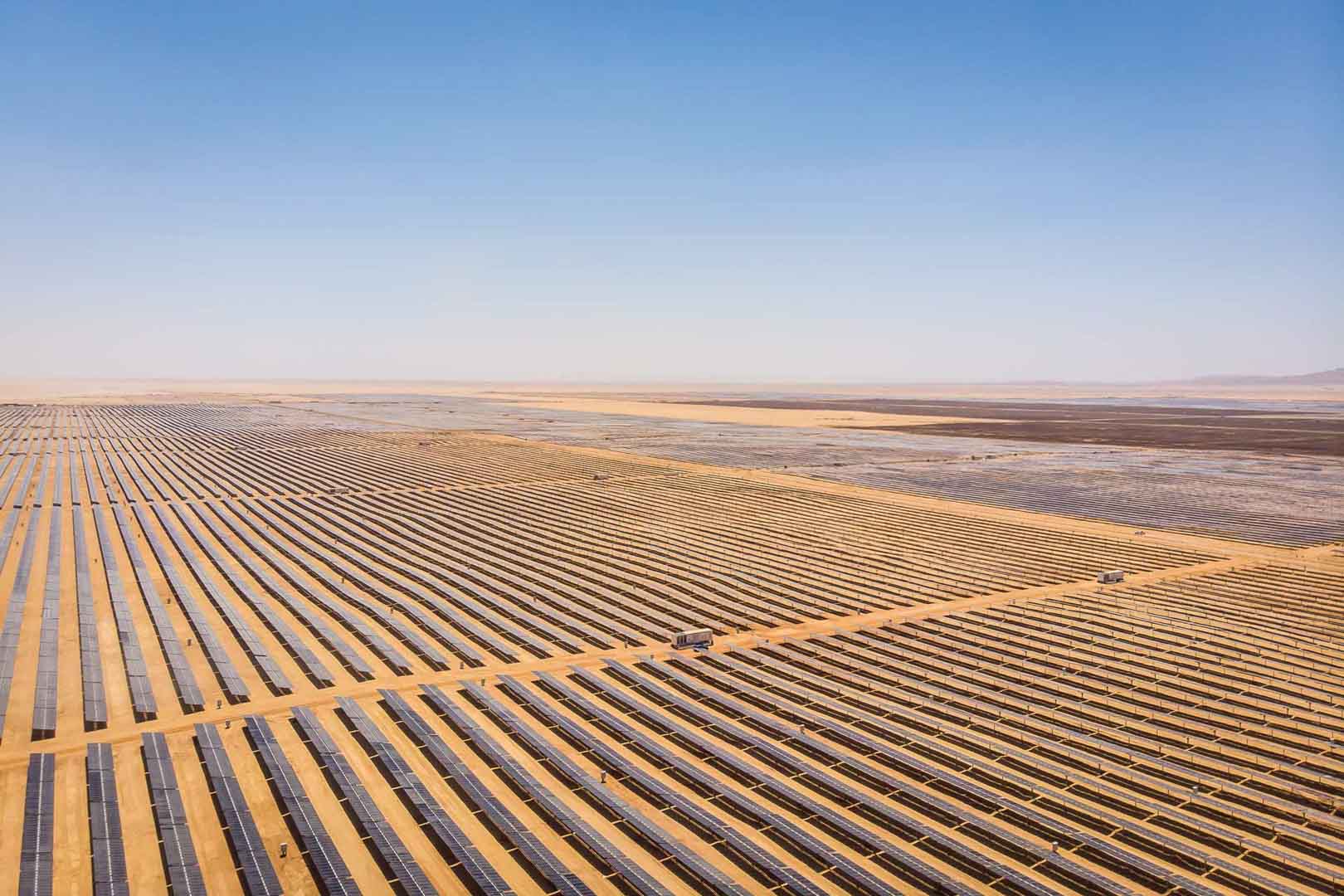
Powering access to renewable energy in Africa
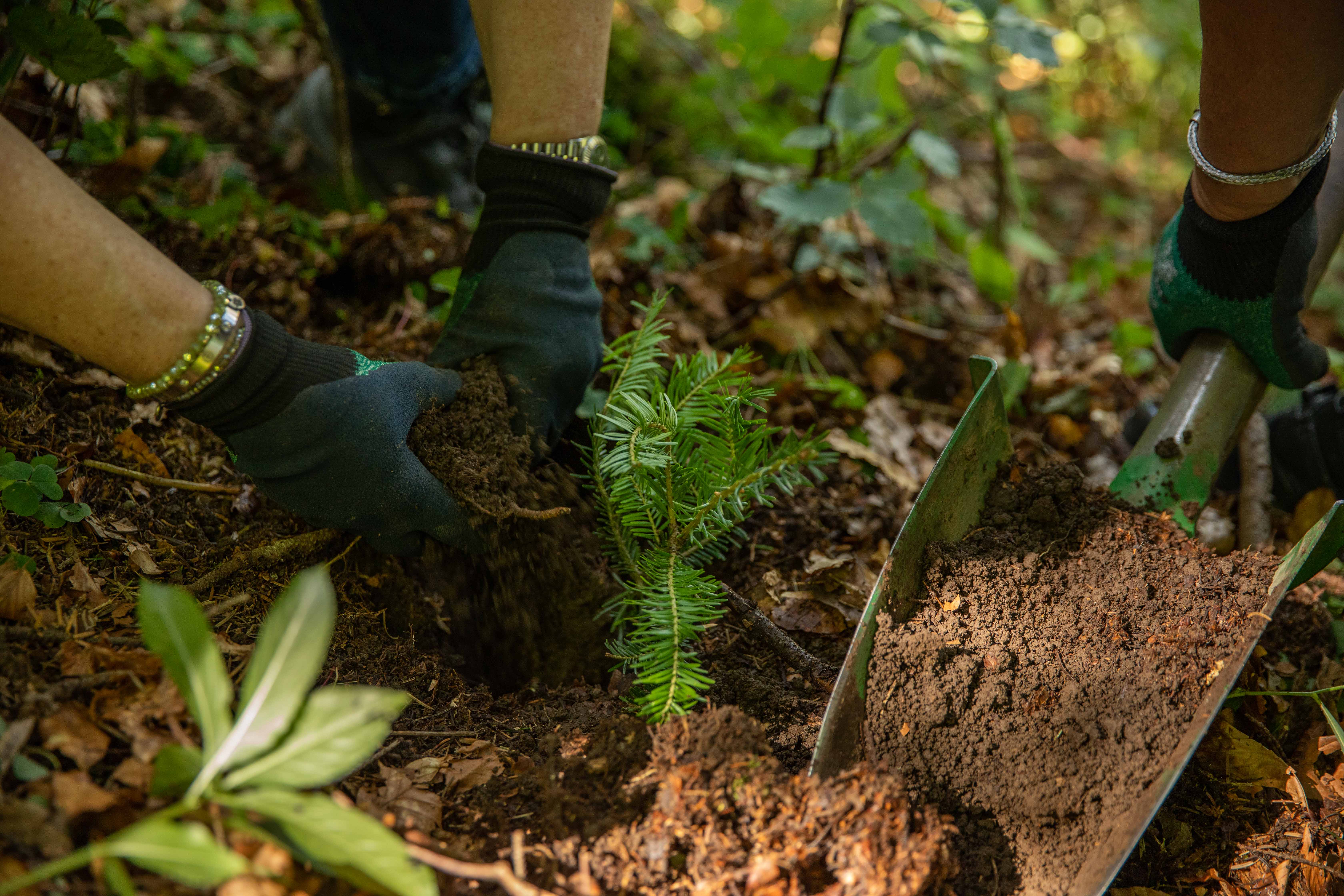
A certified climate project combined with additional commitment
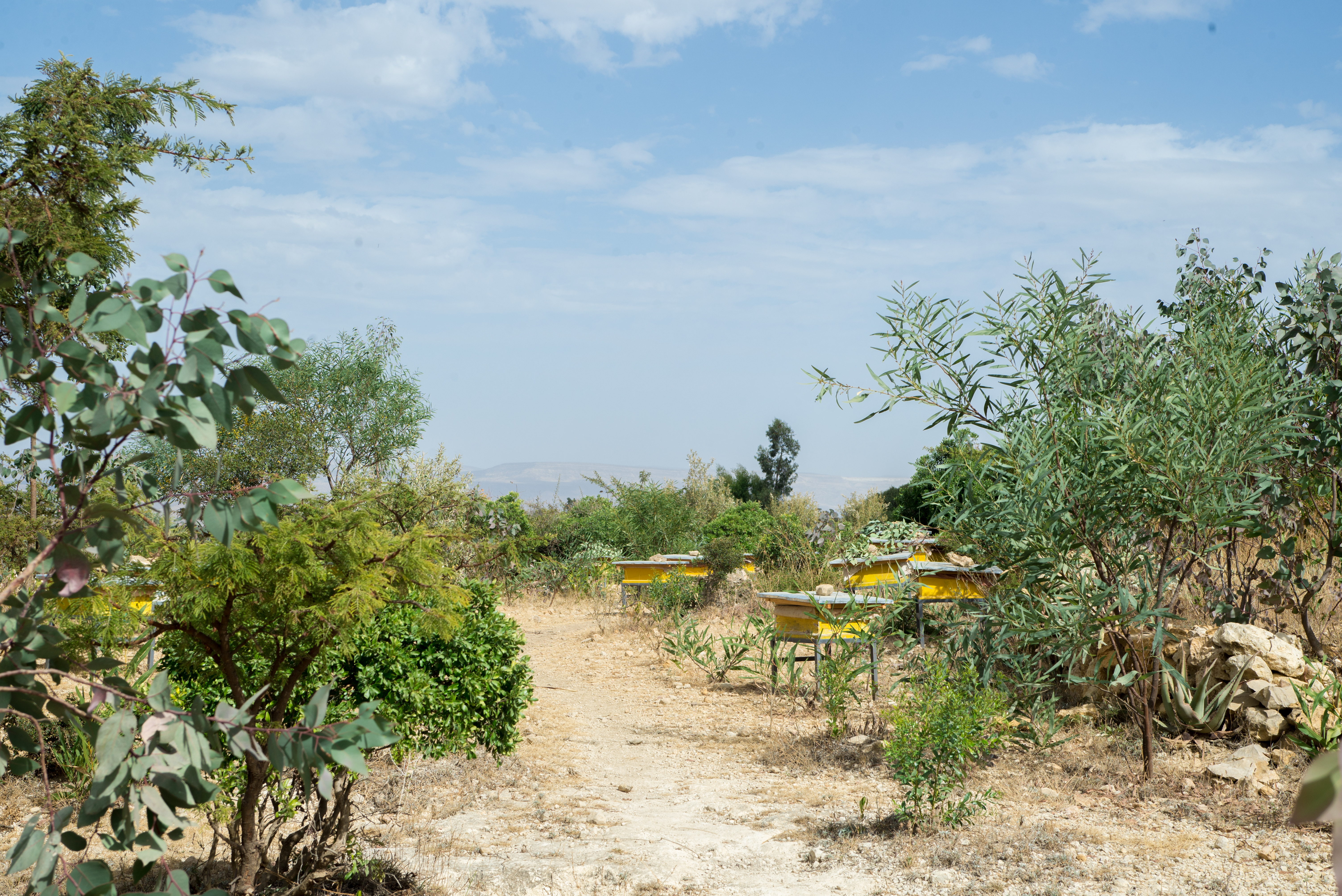
Restored ecosystems remove carbon
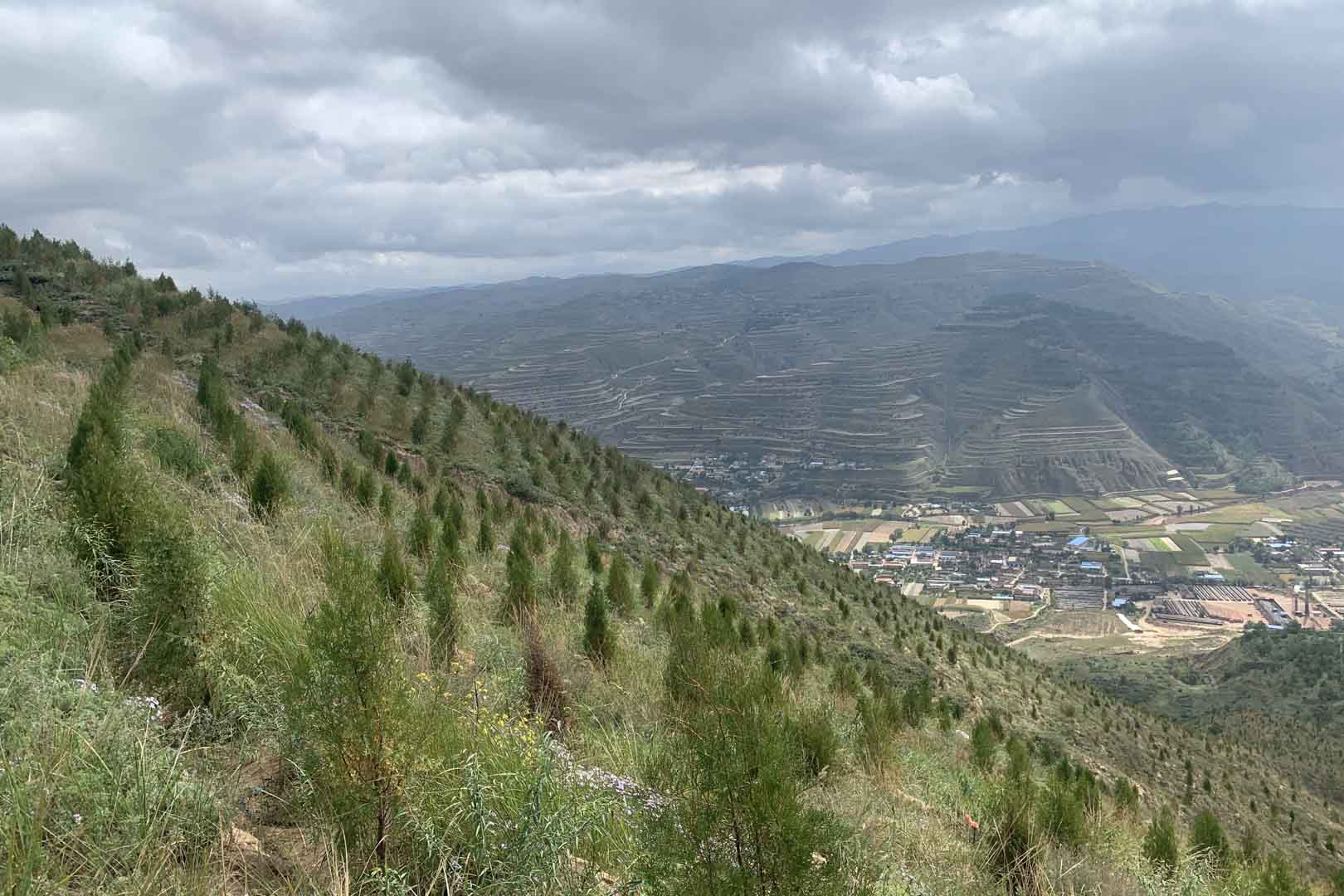
Turning degraded farmlands into healthy ecosystems
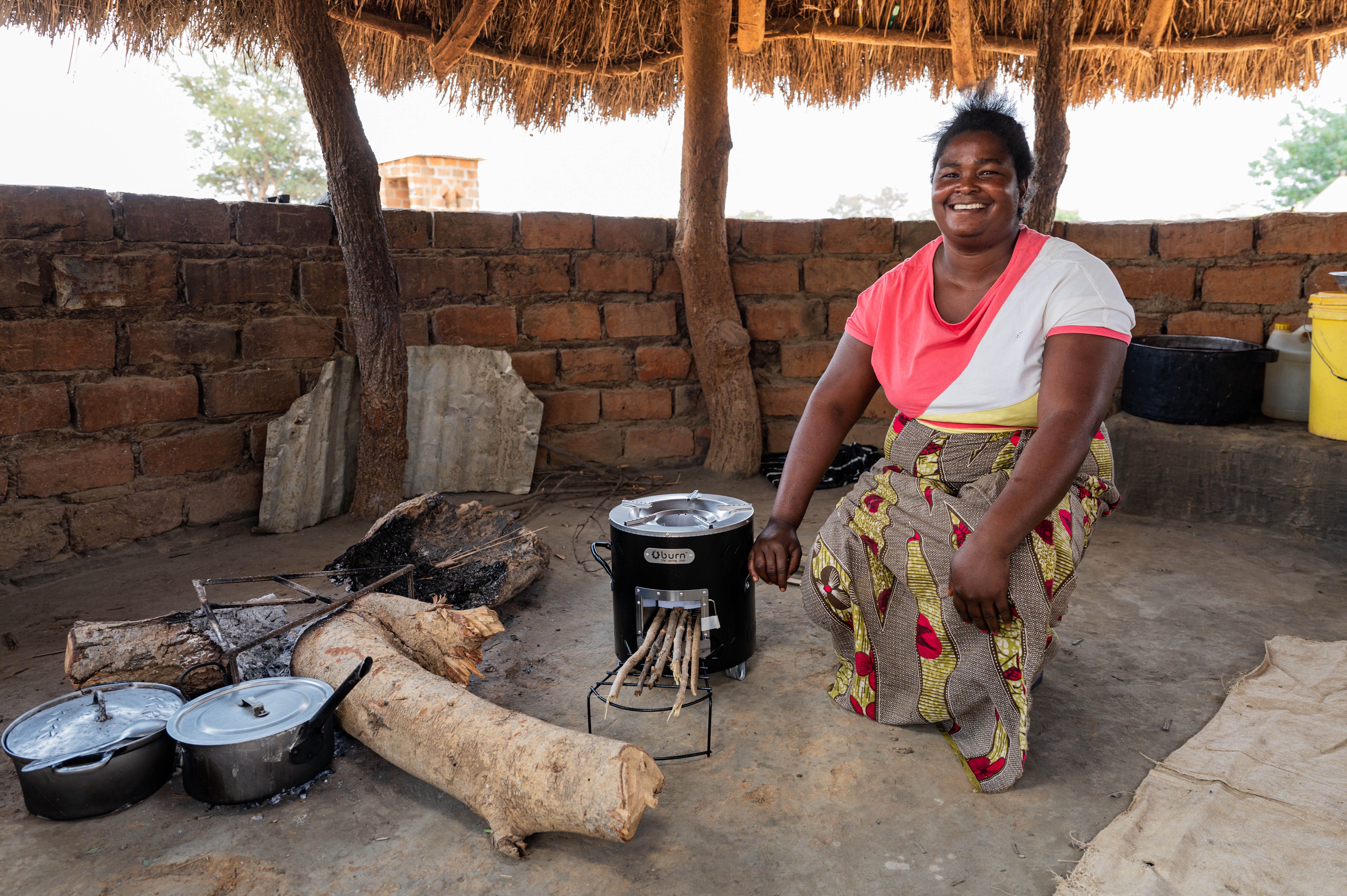
Improved cookstoves - better for health and the environment
